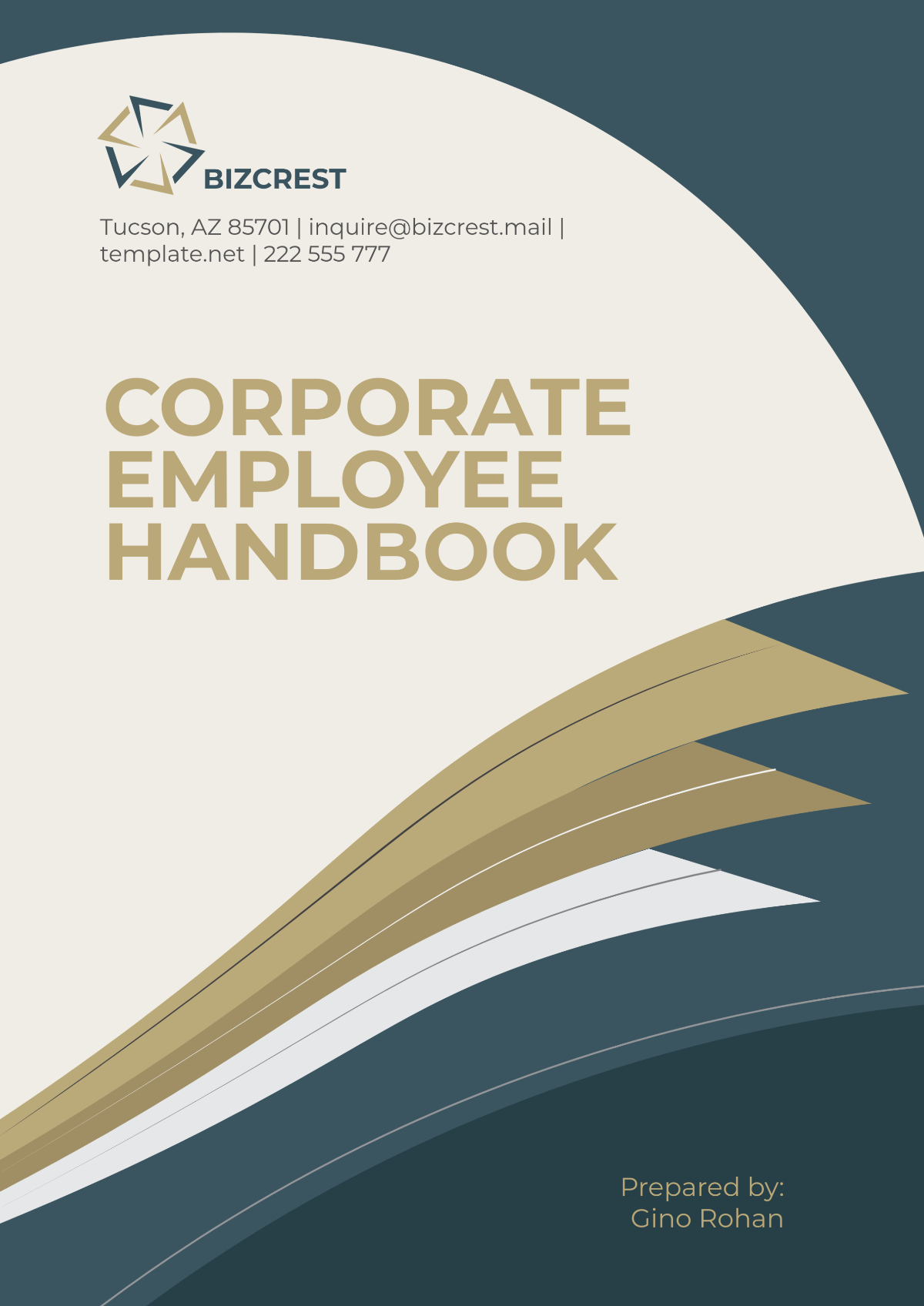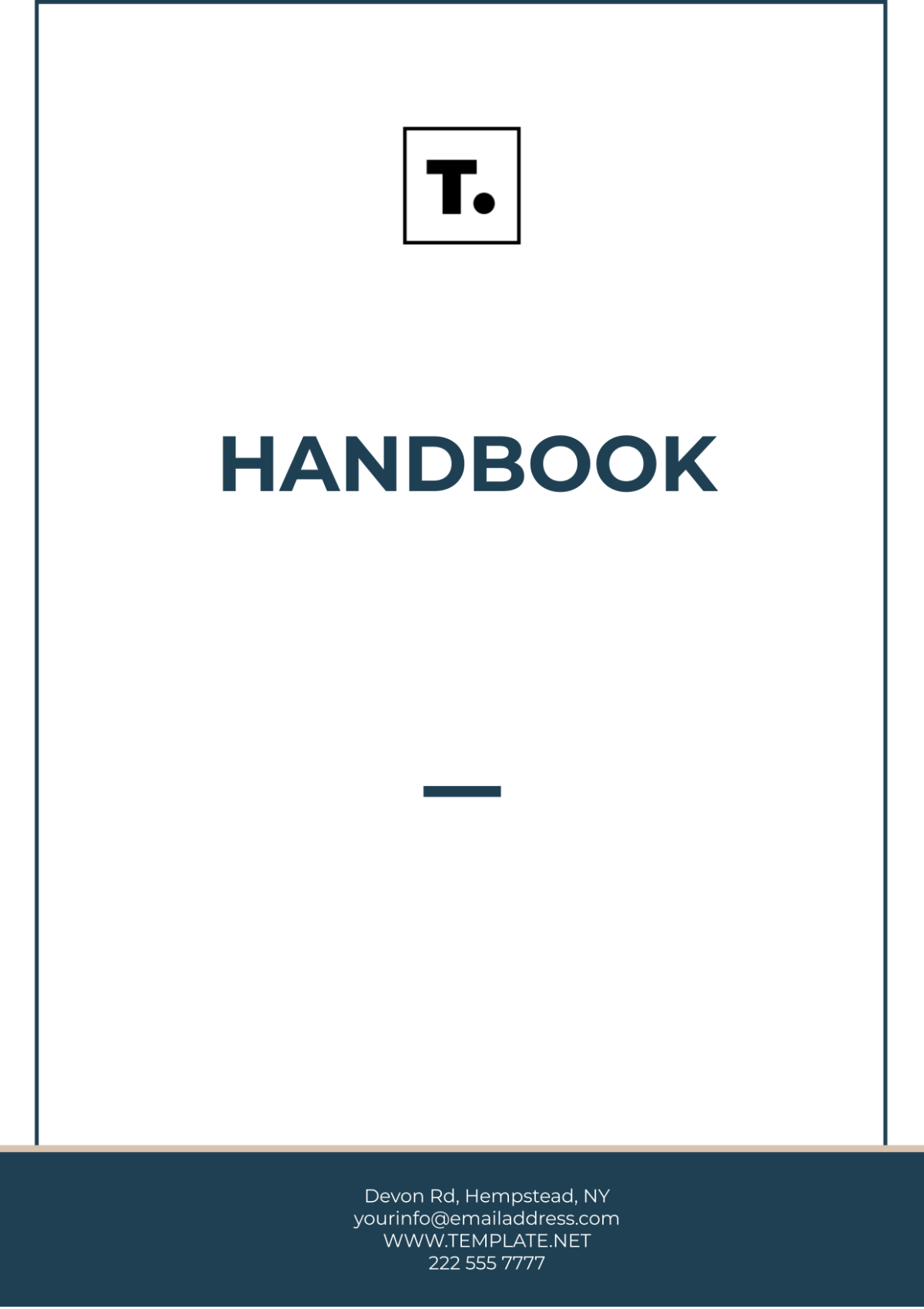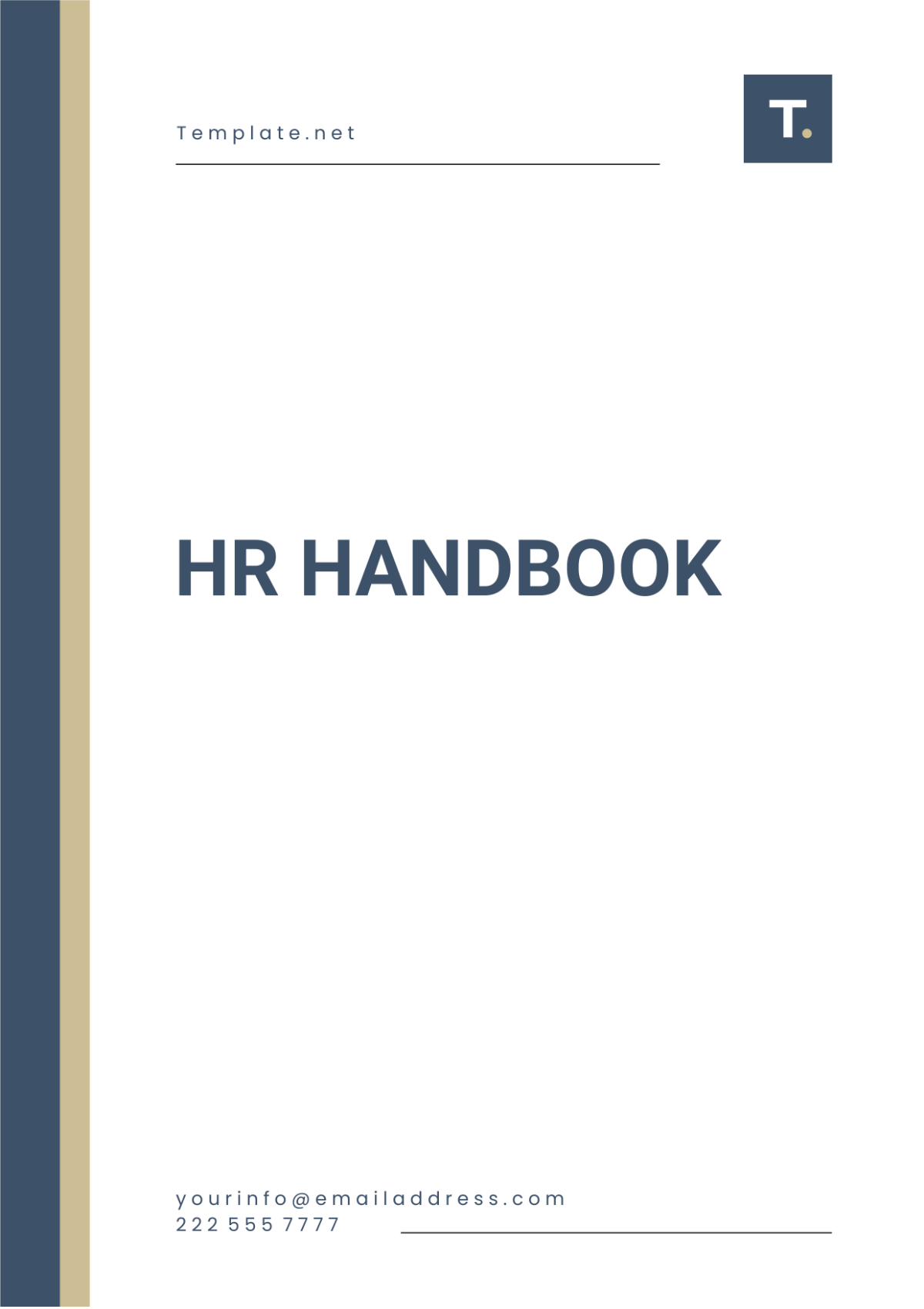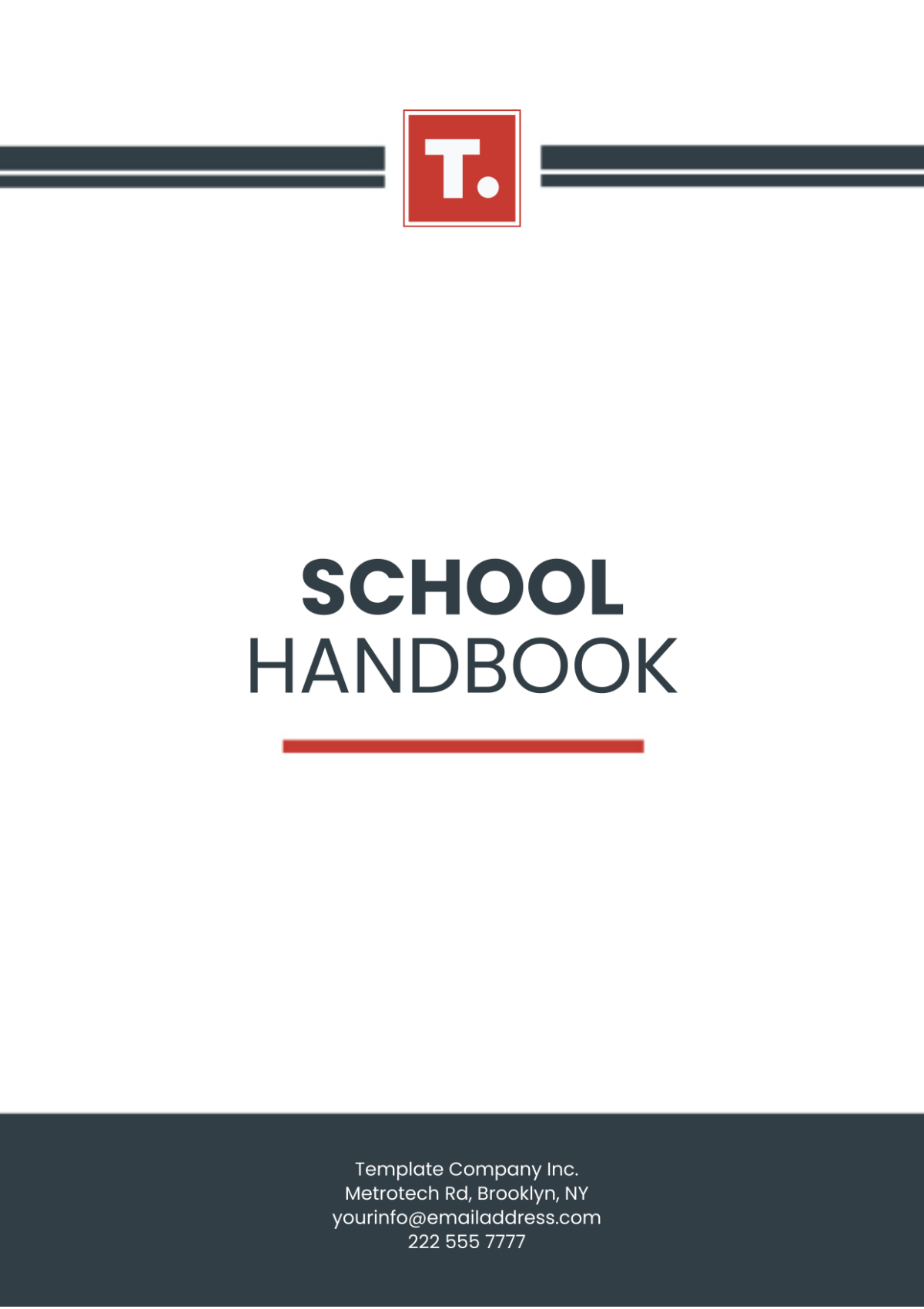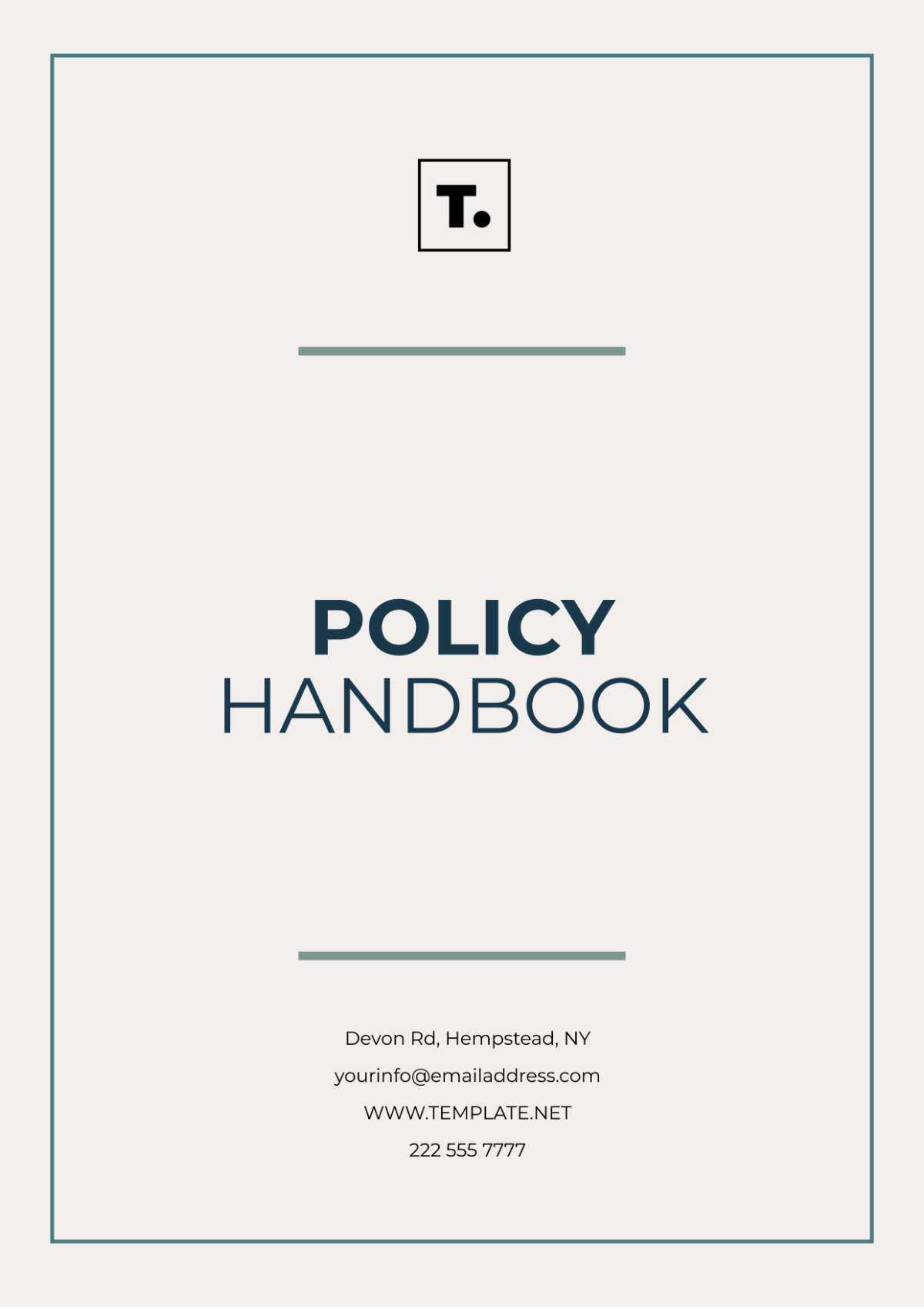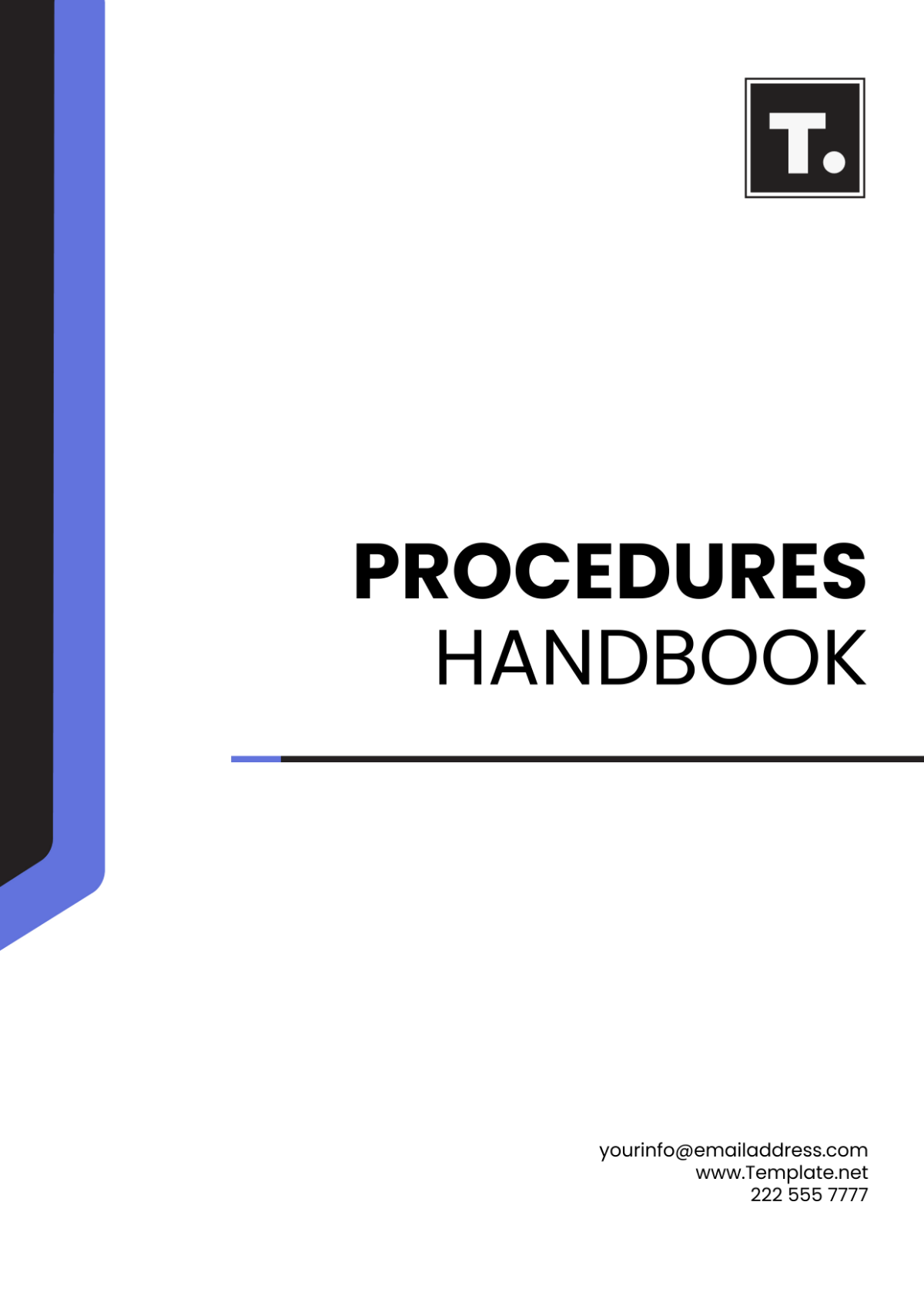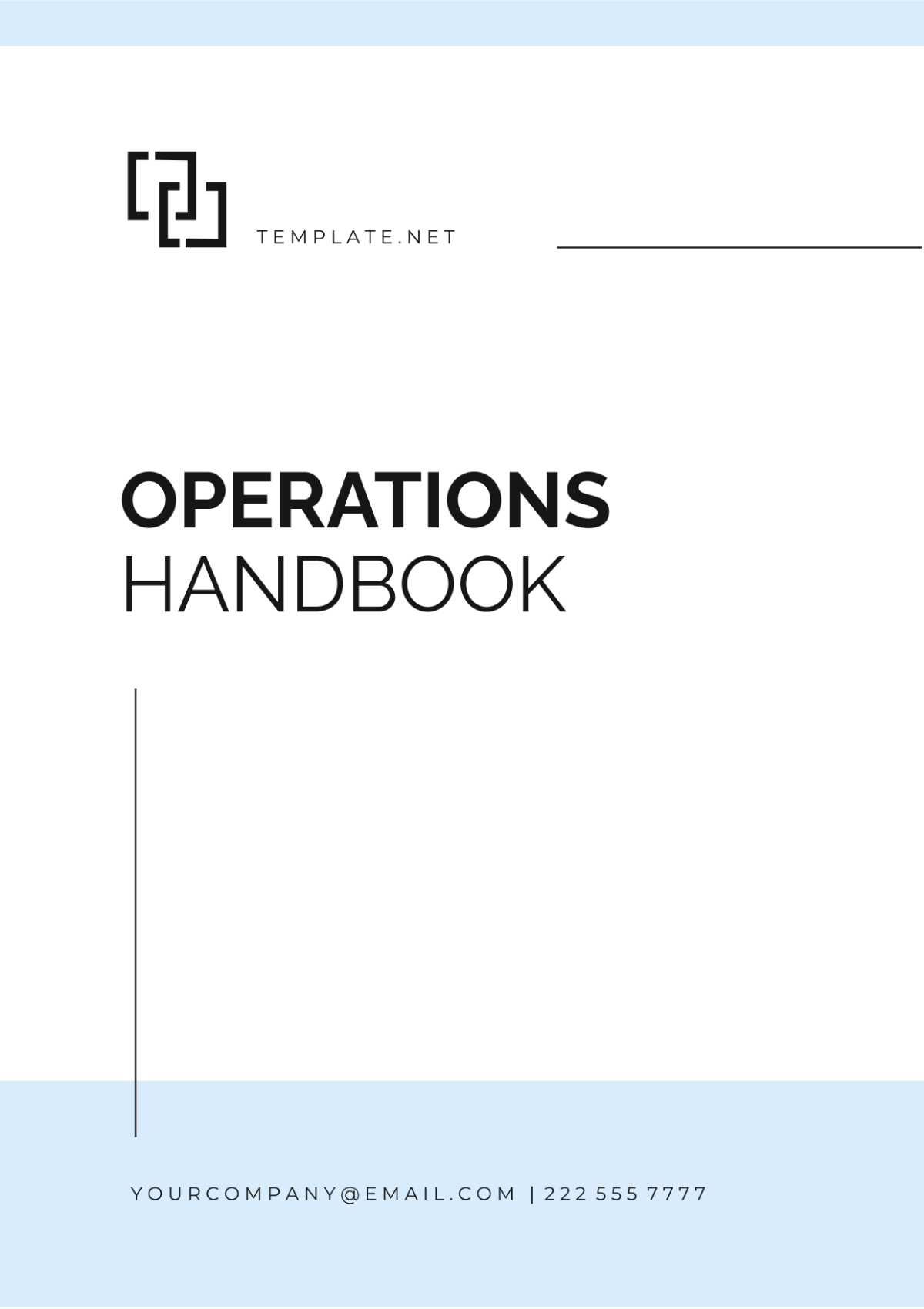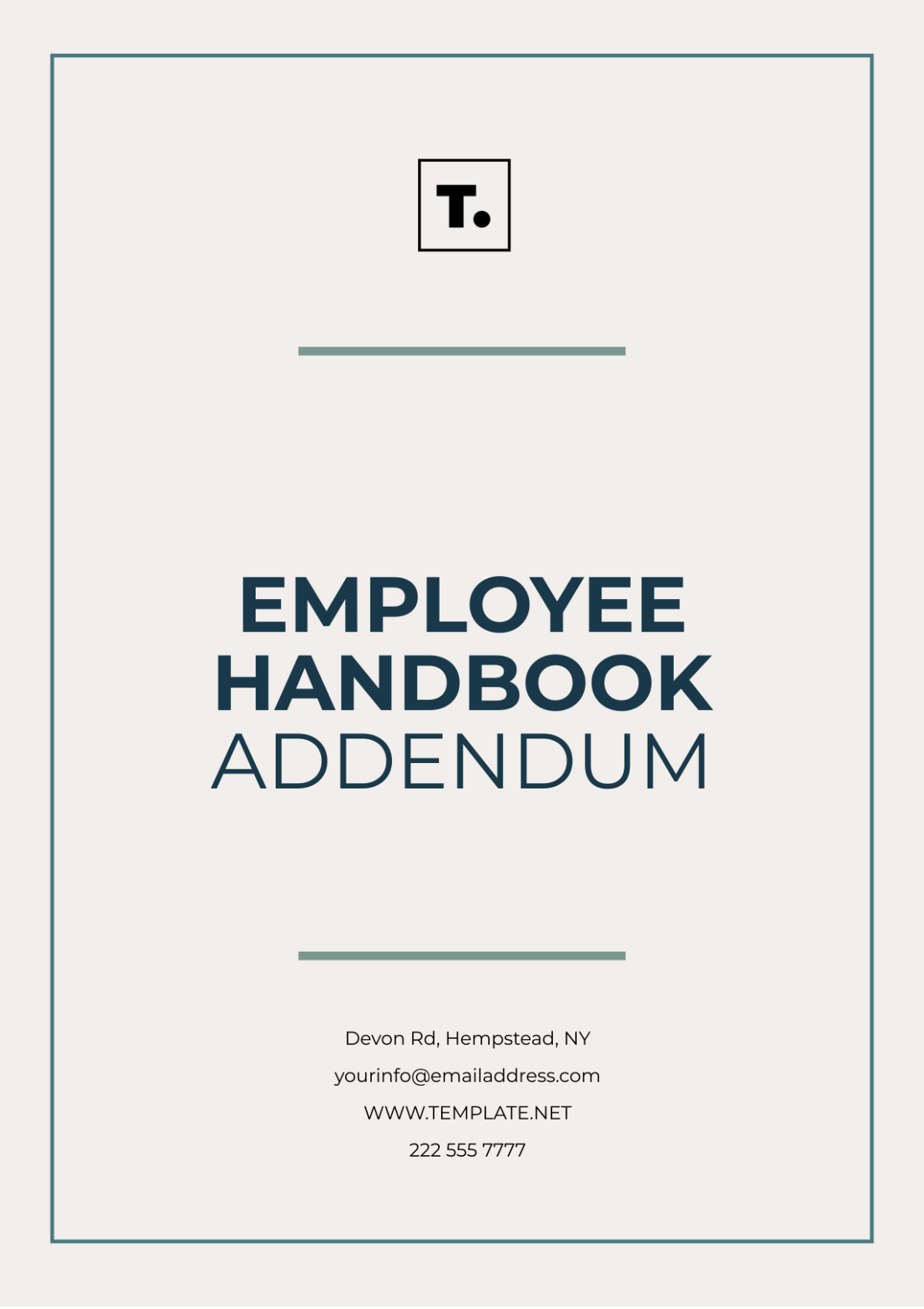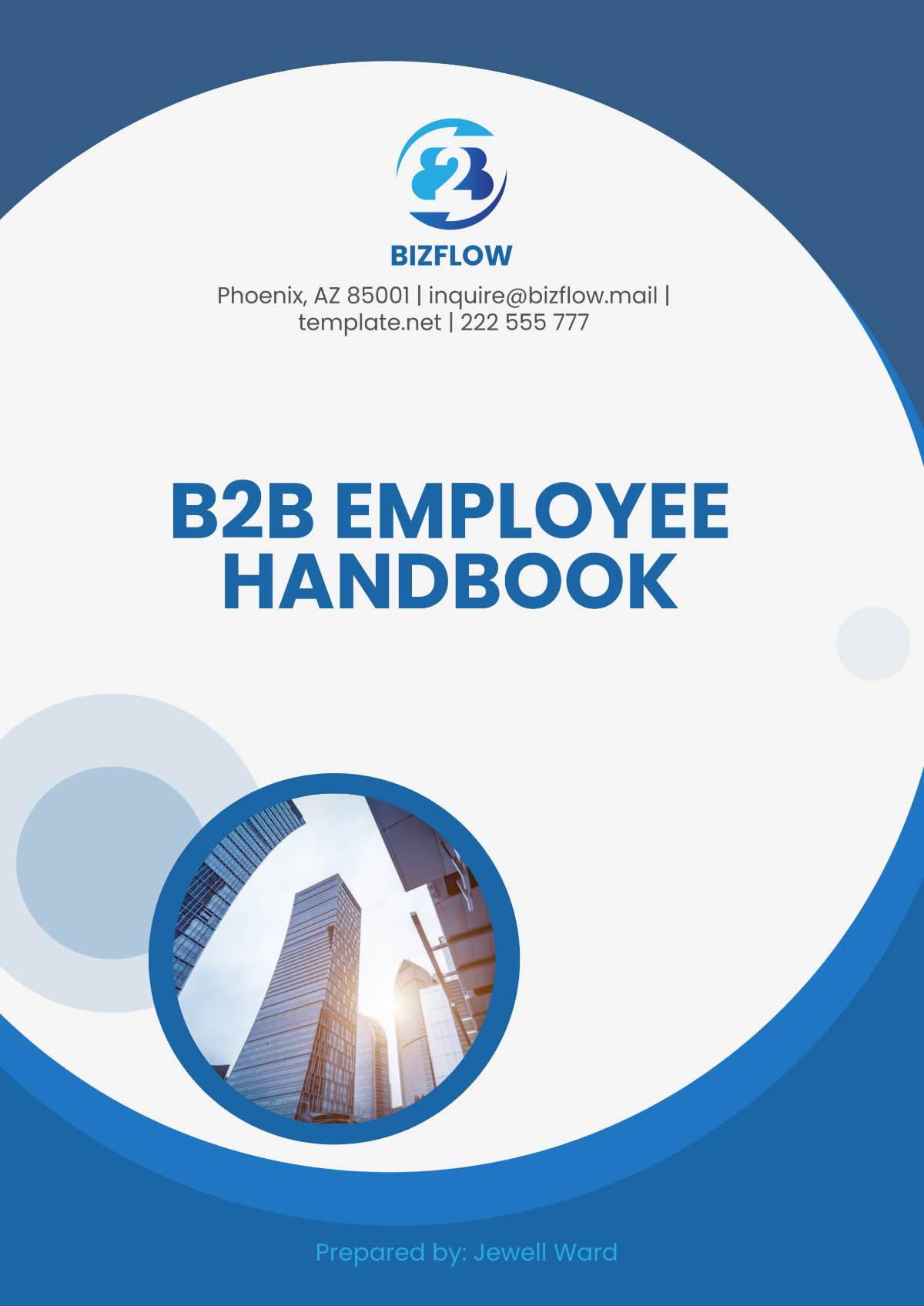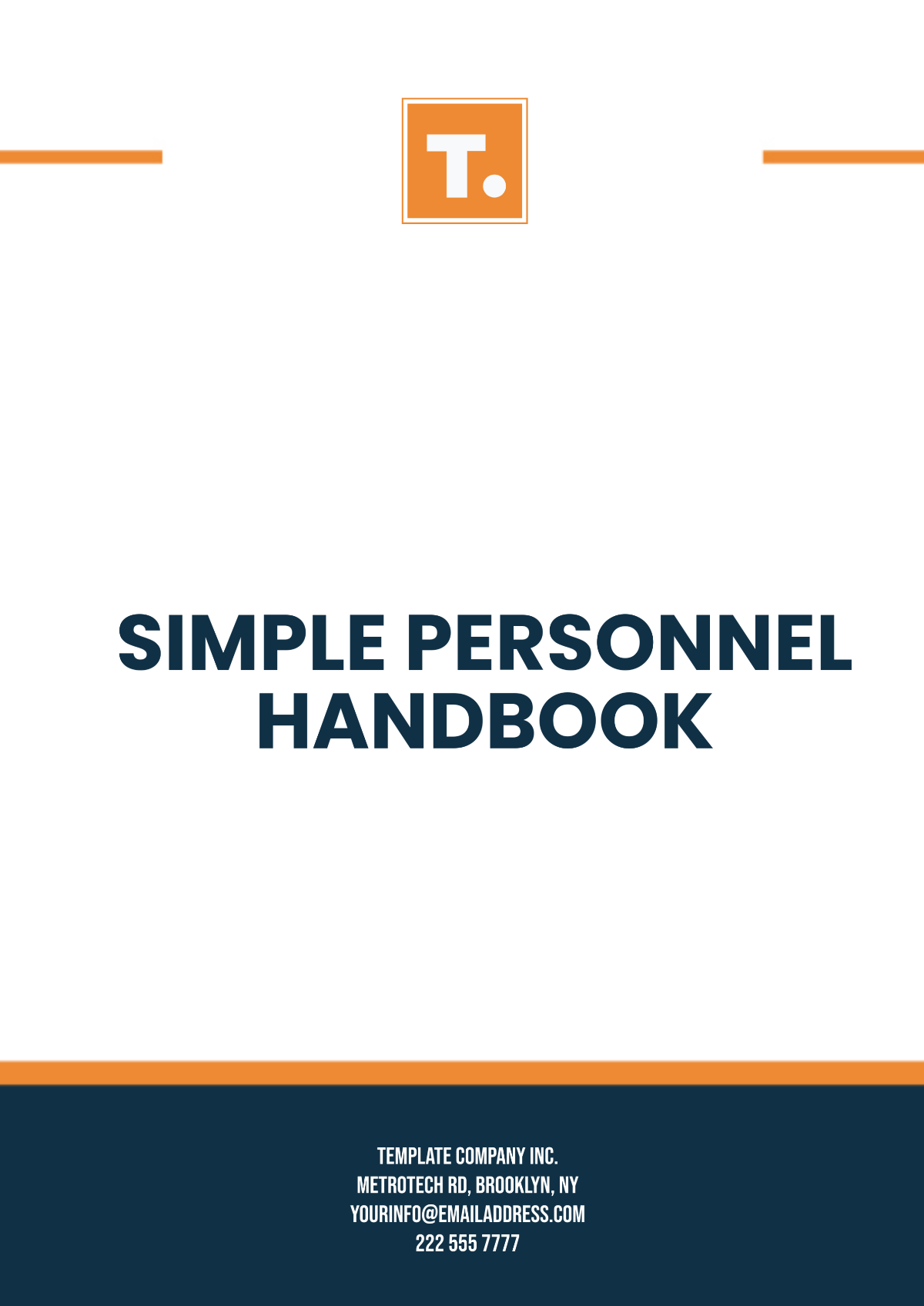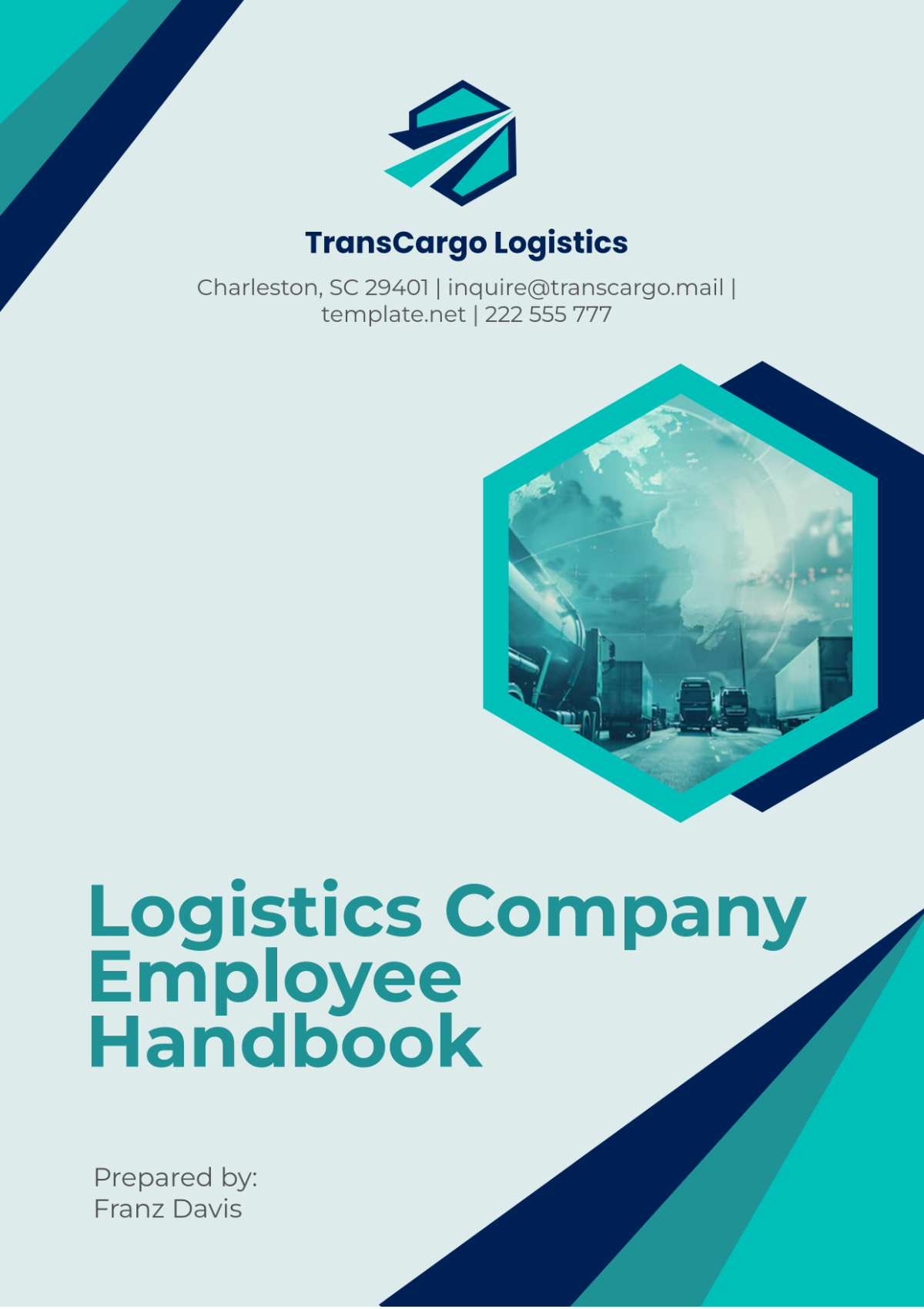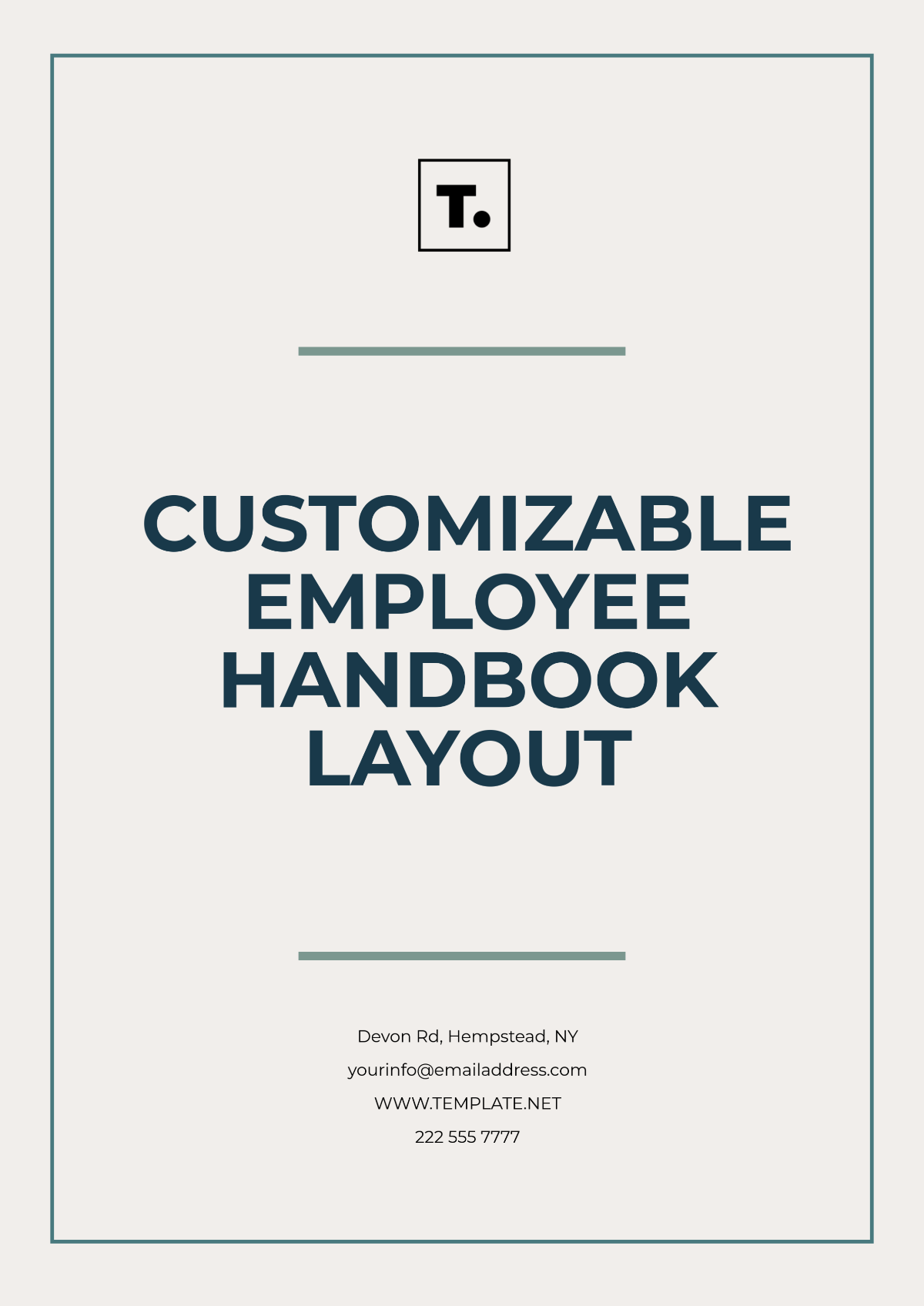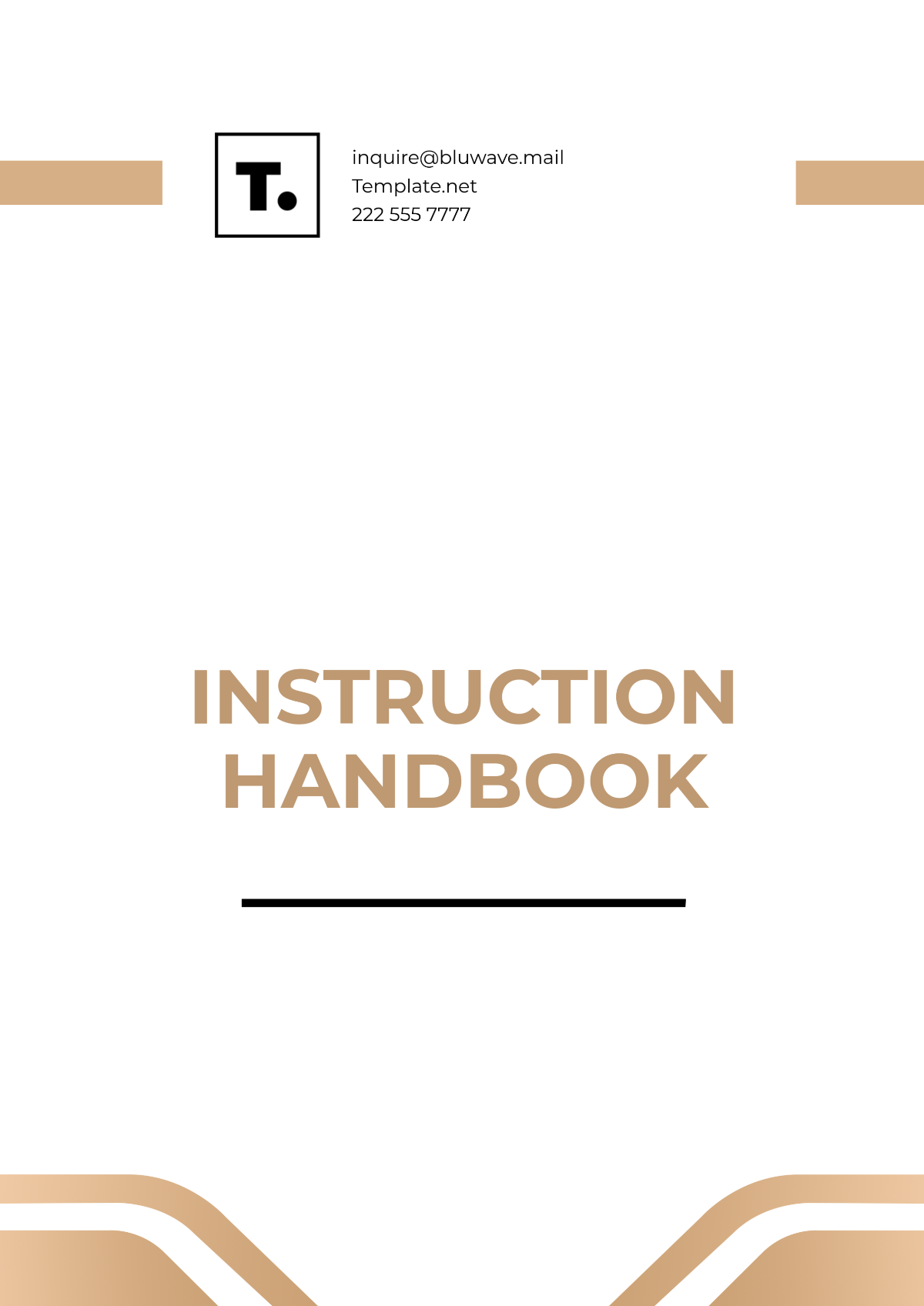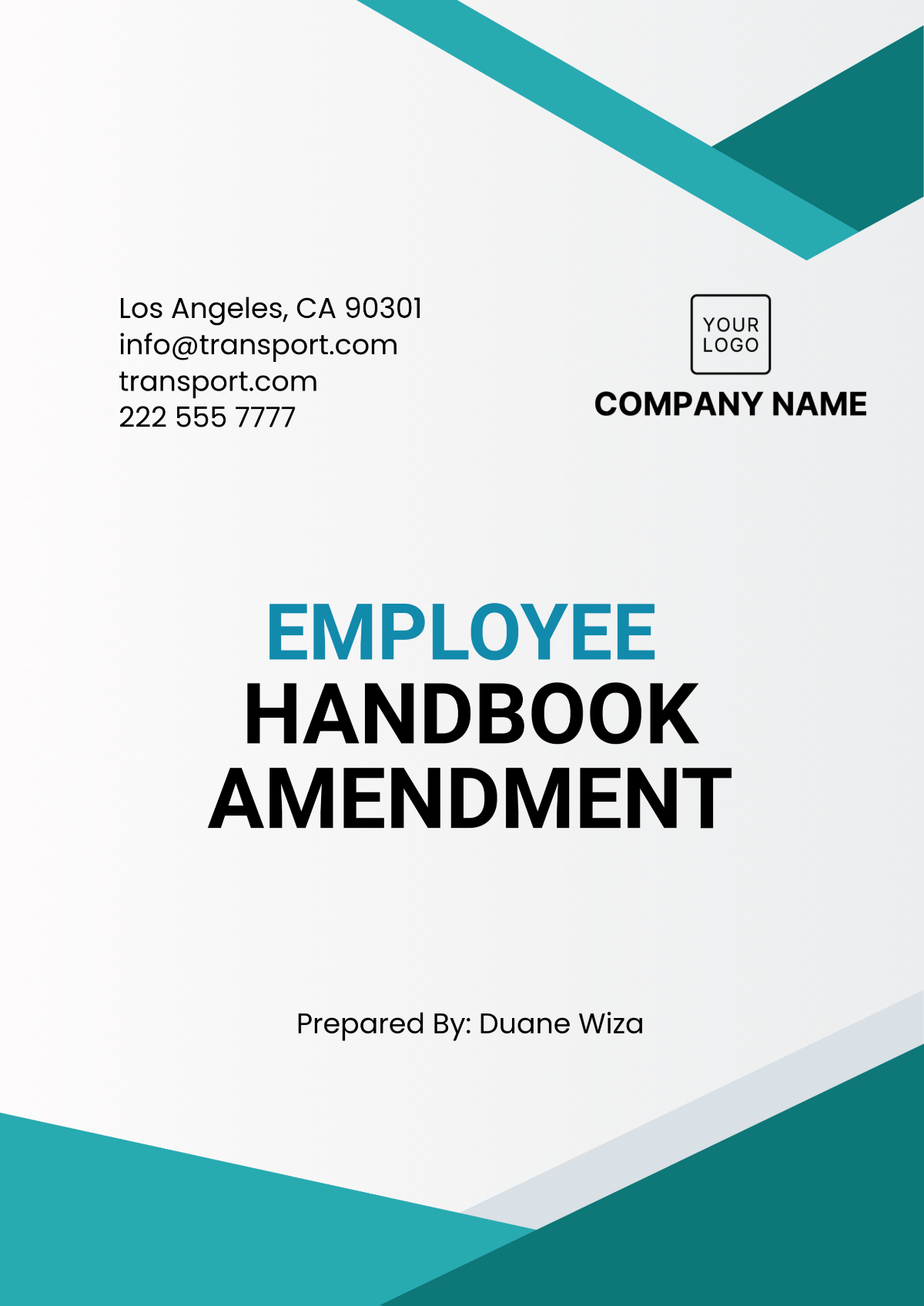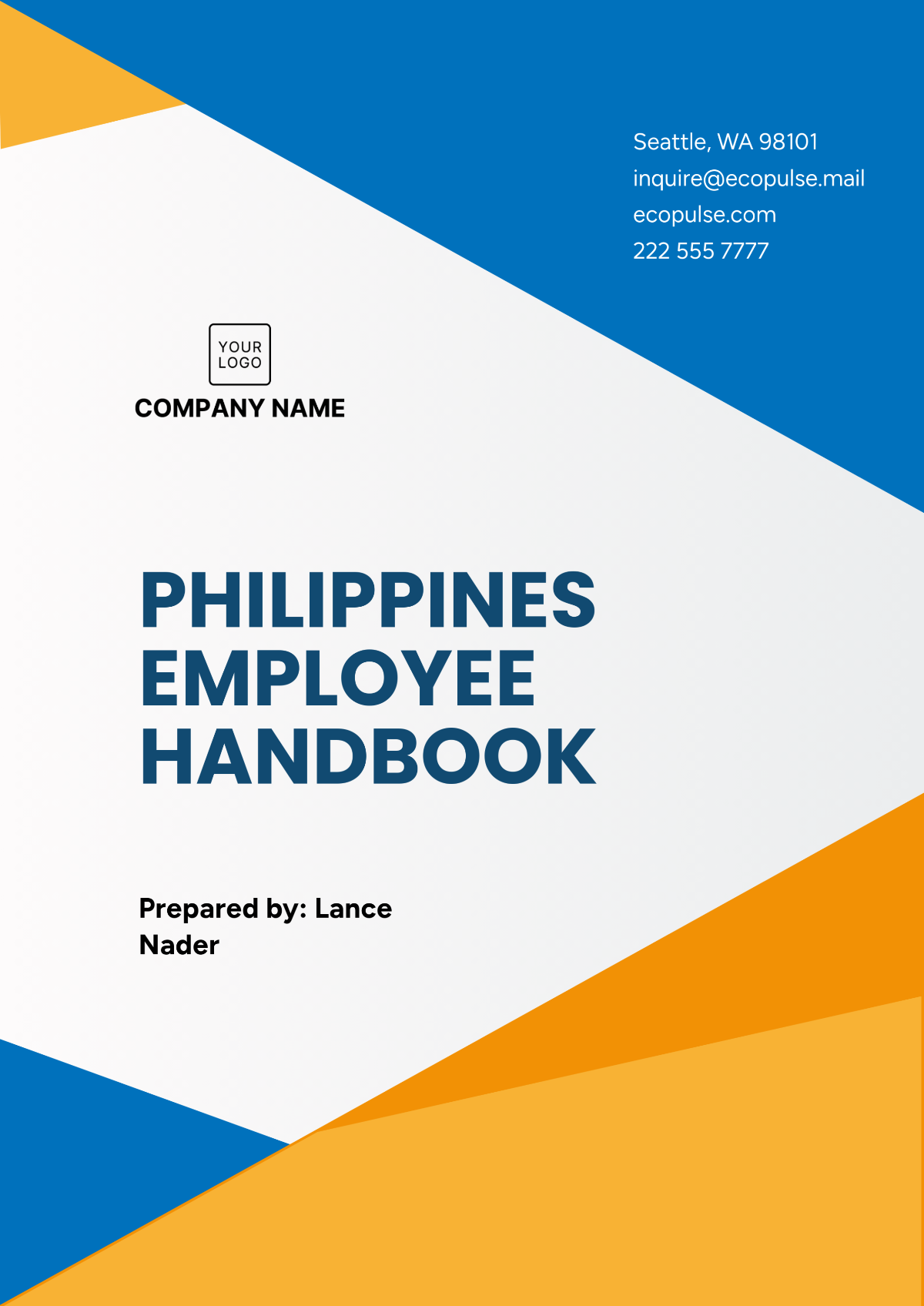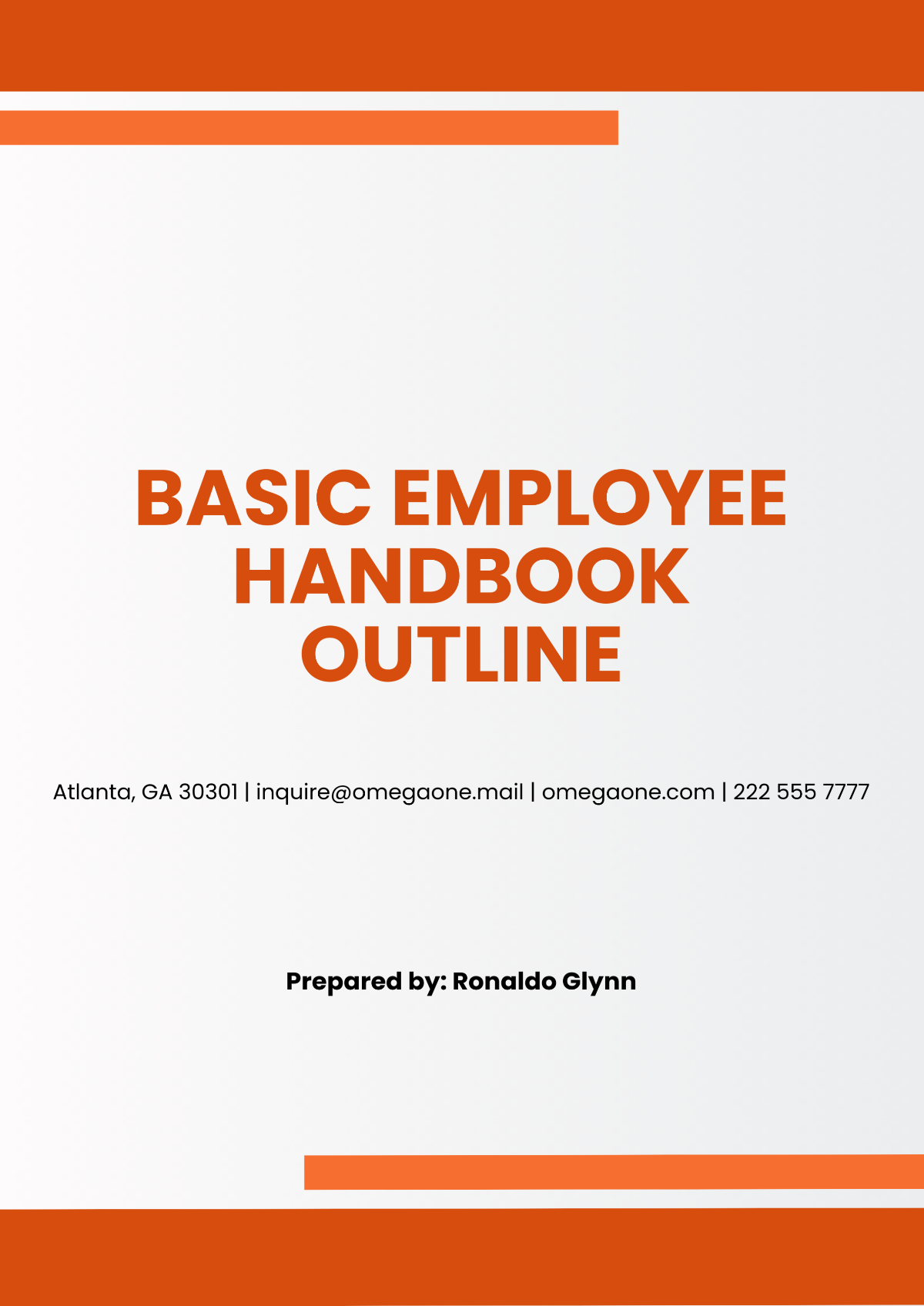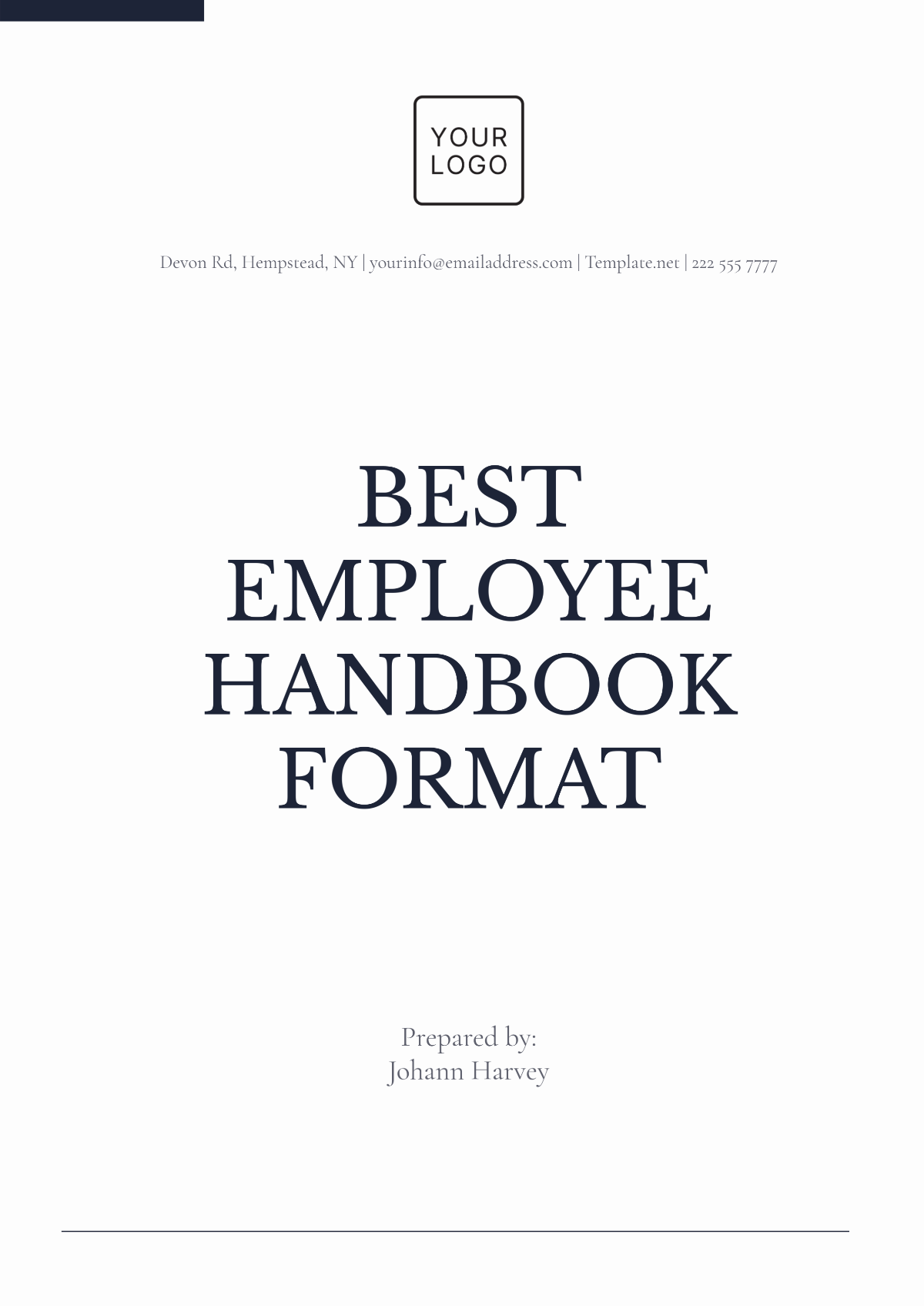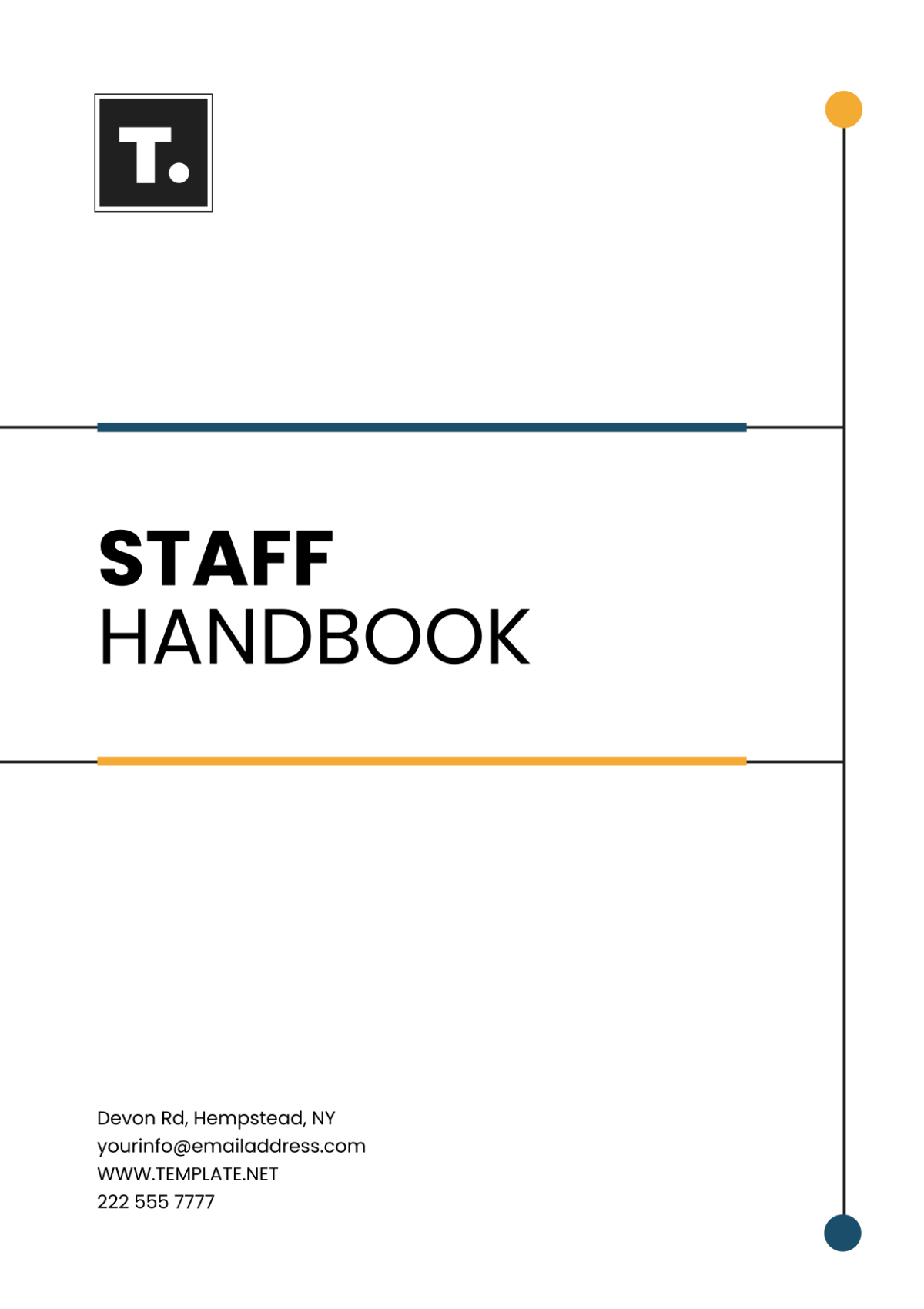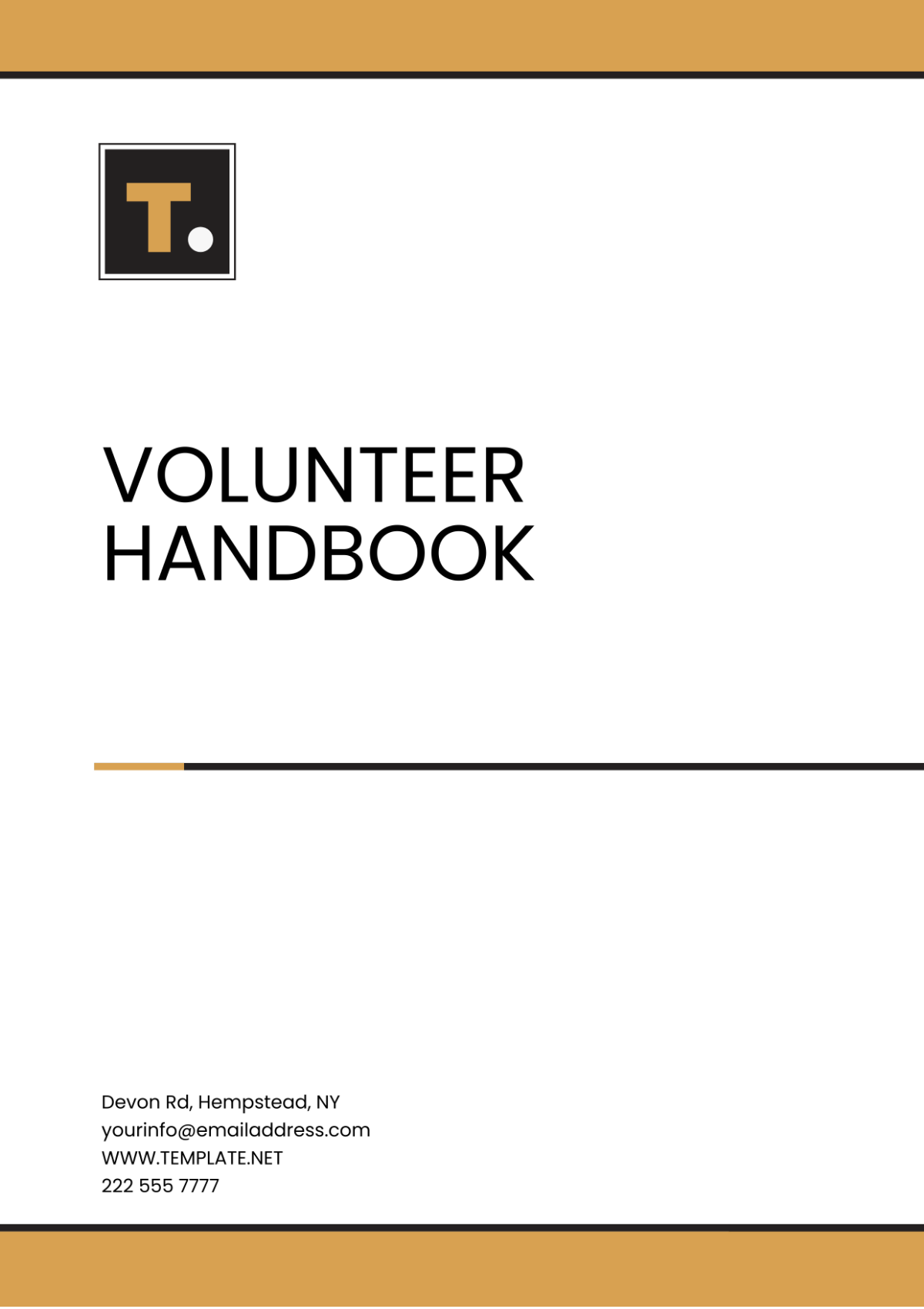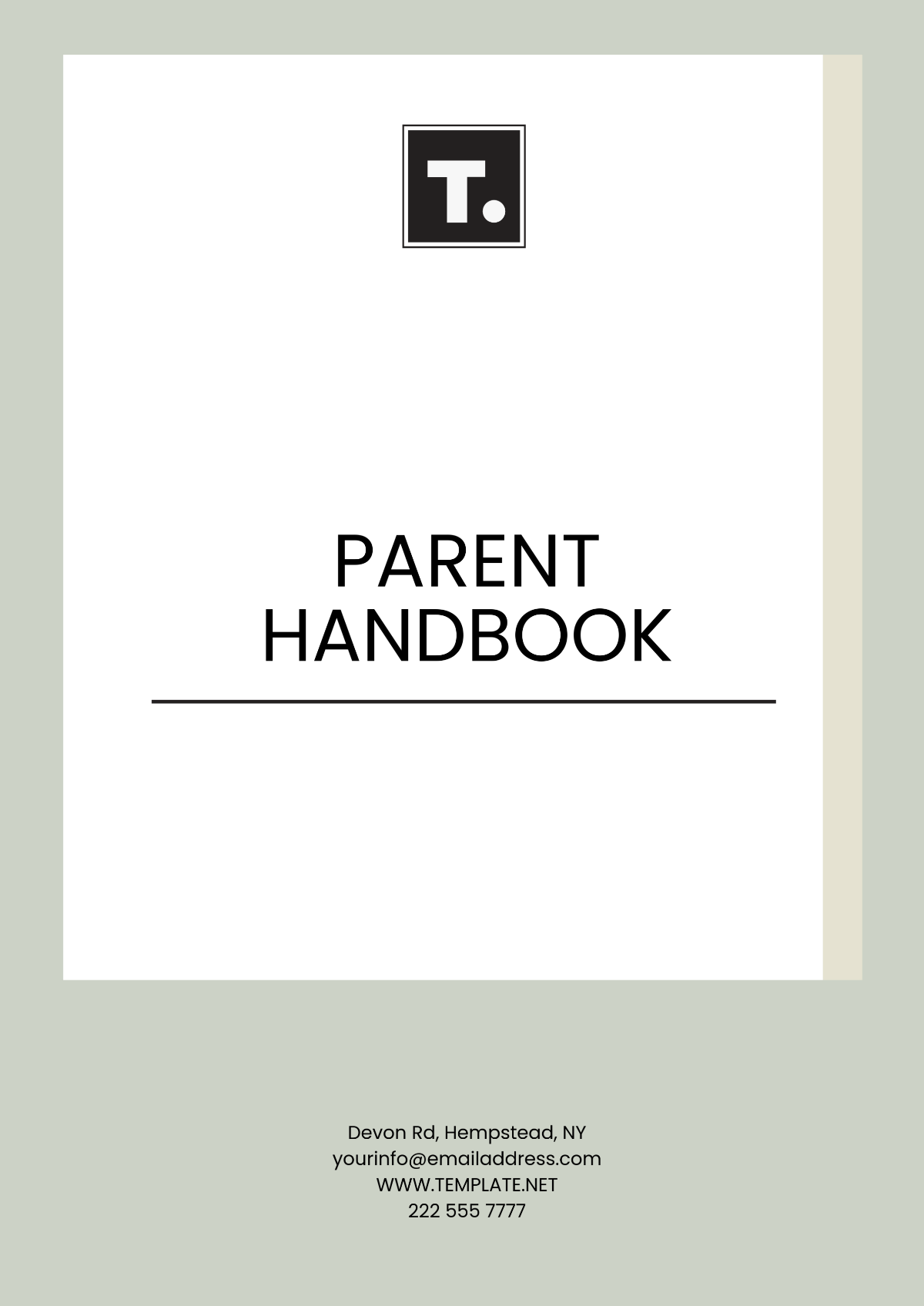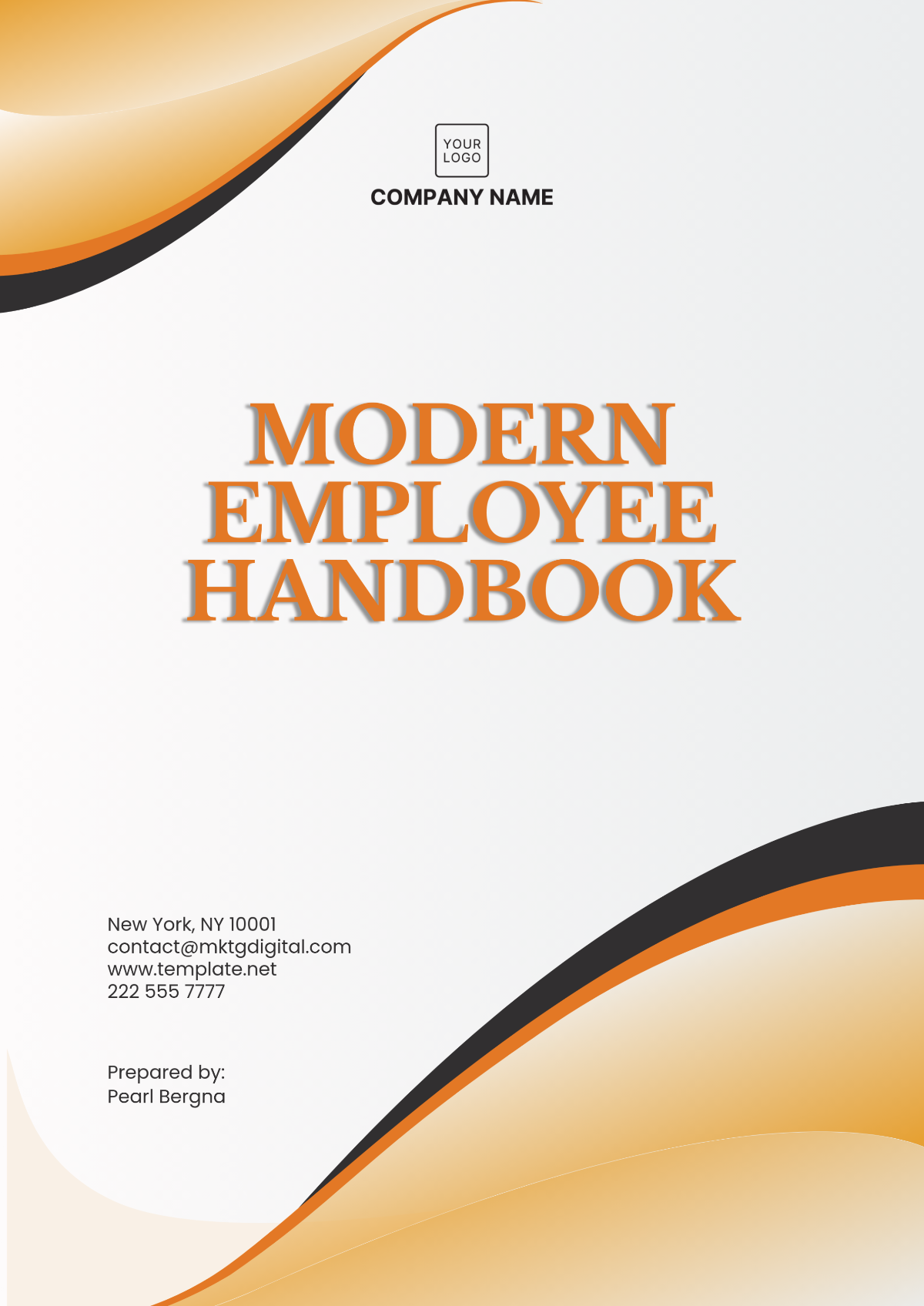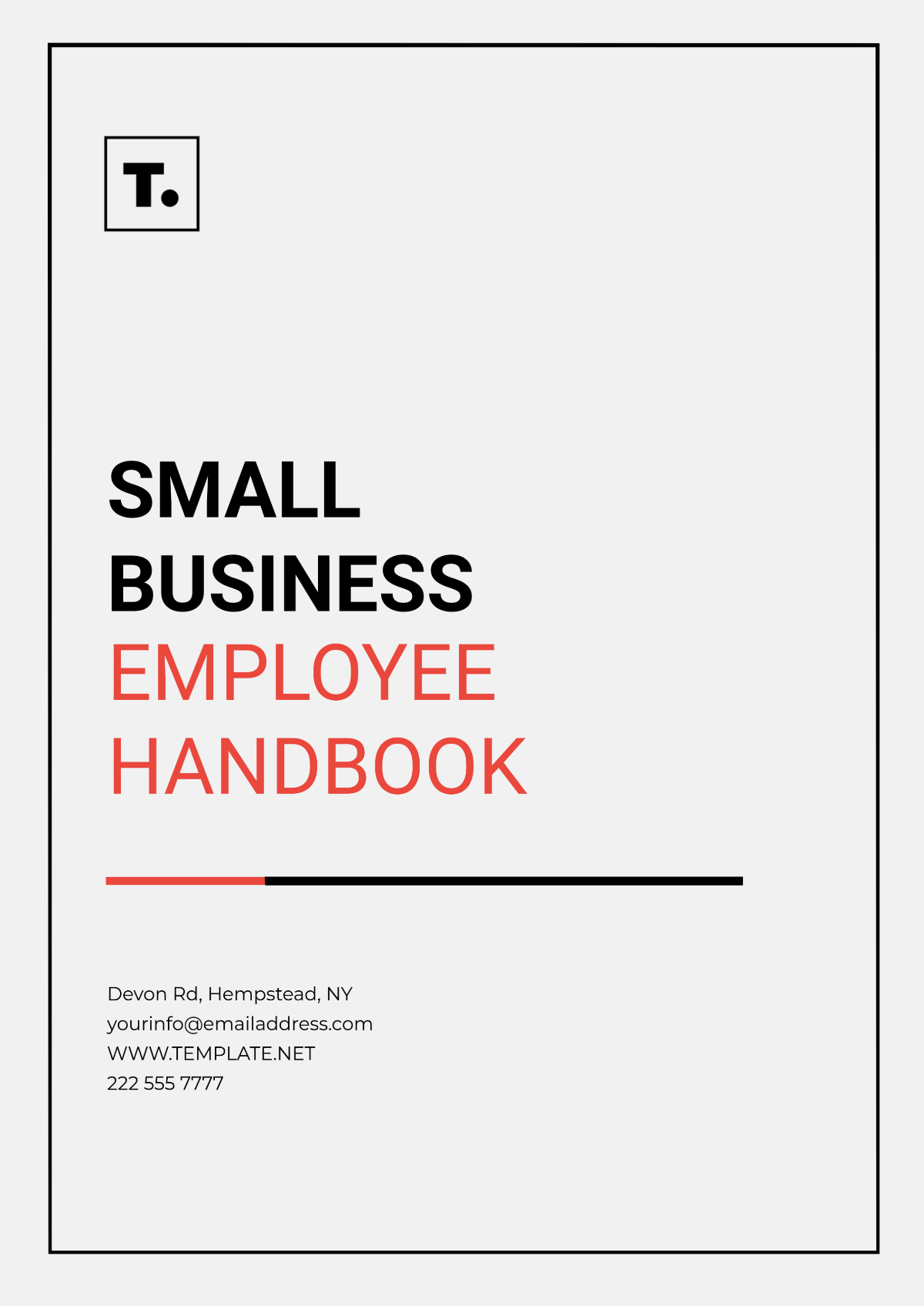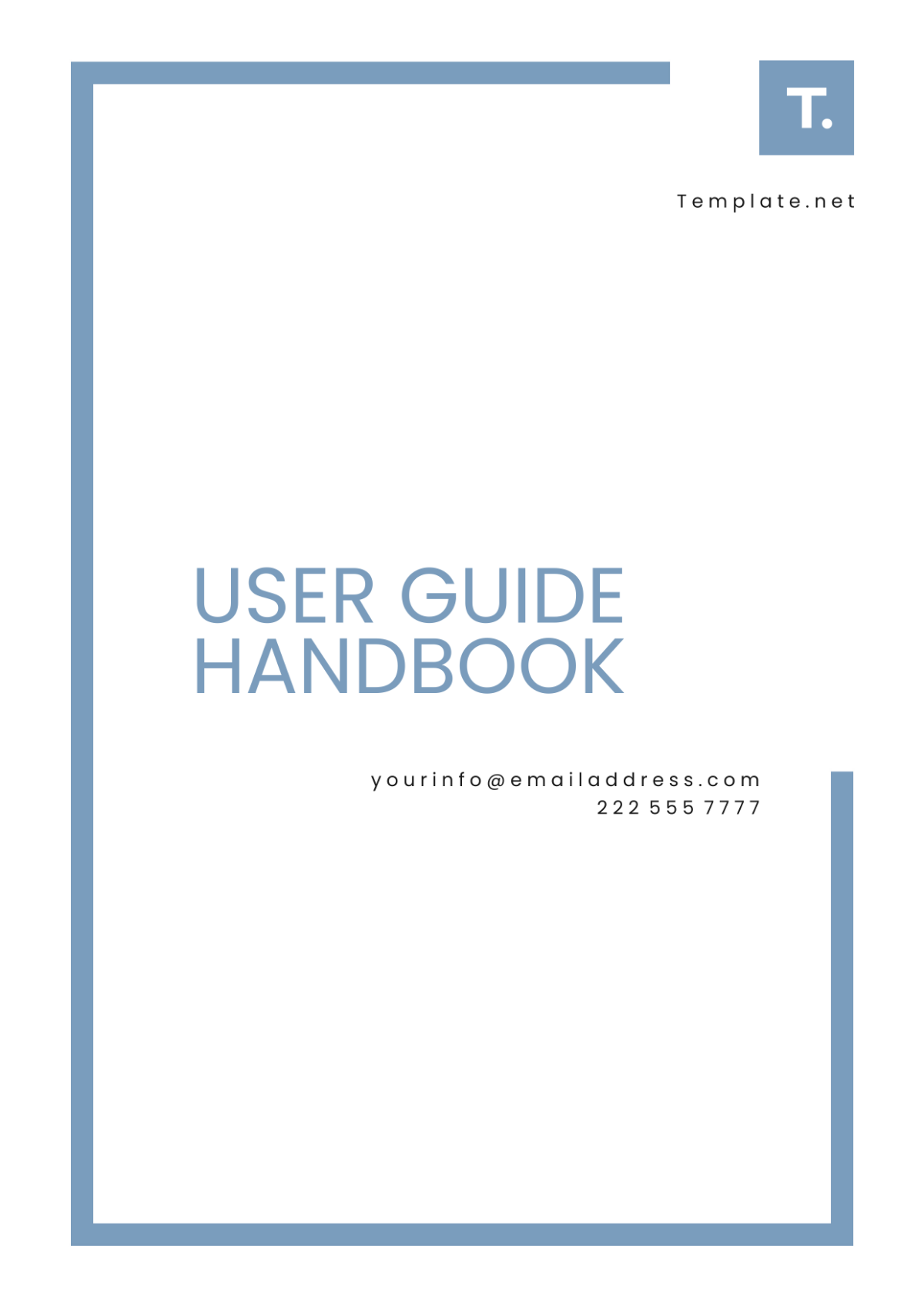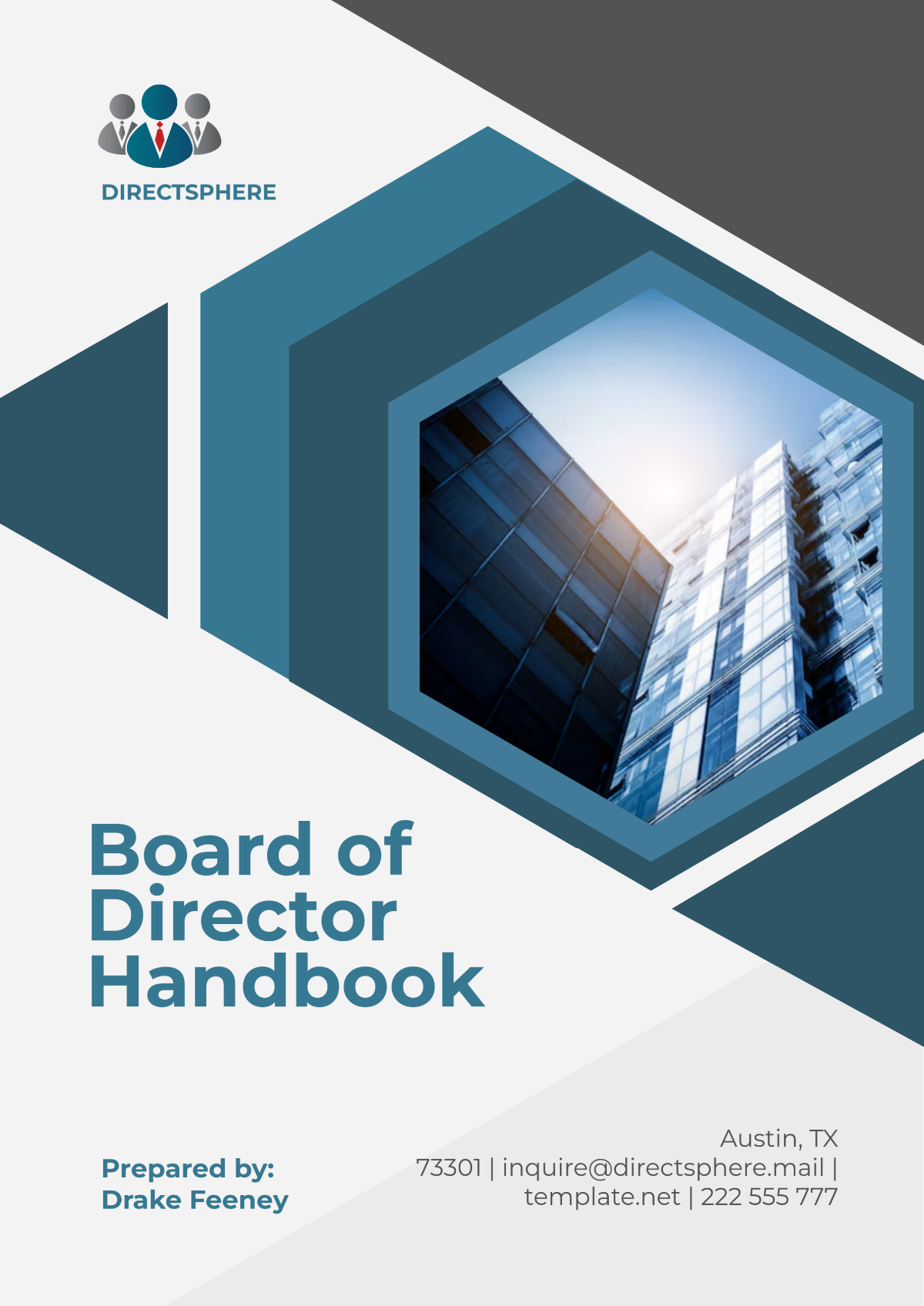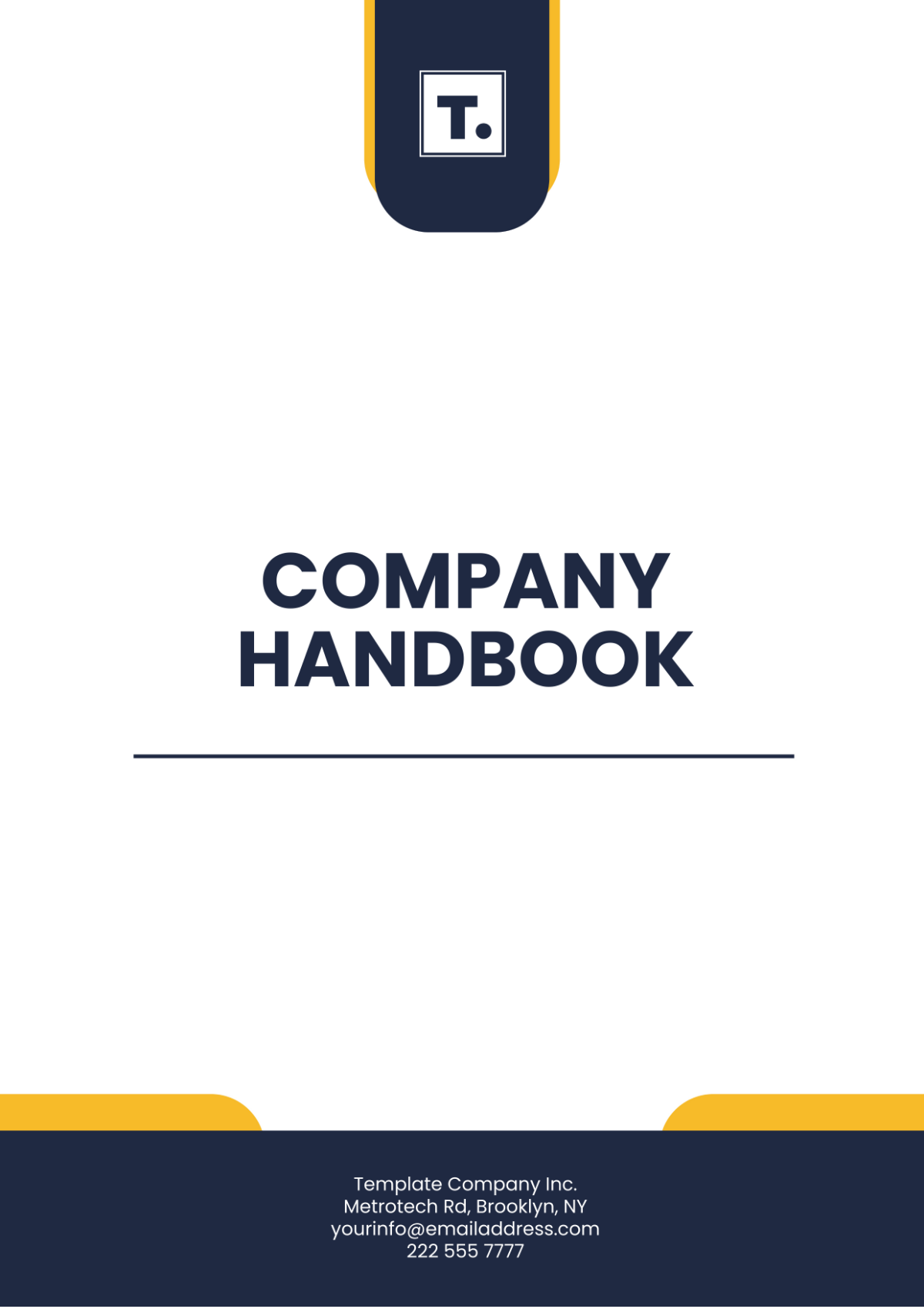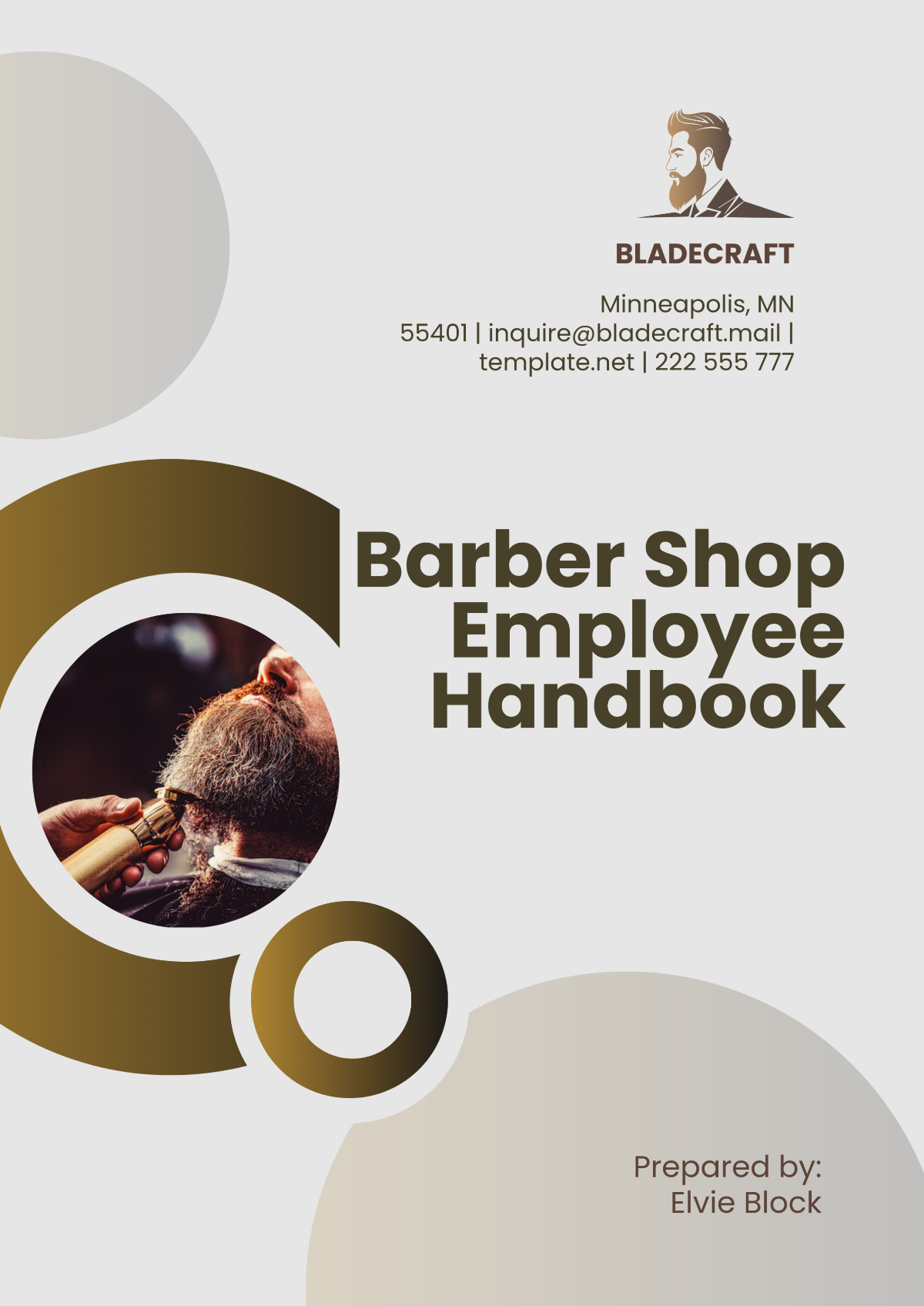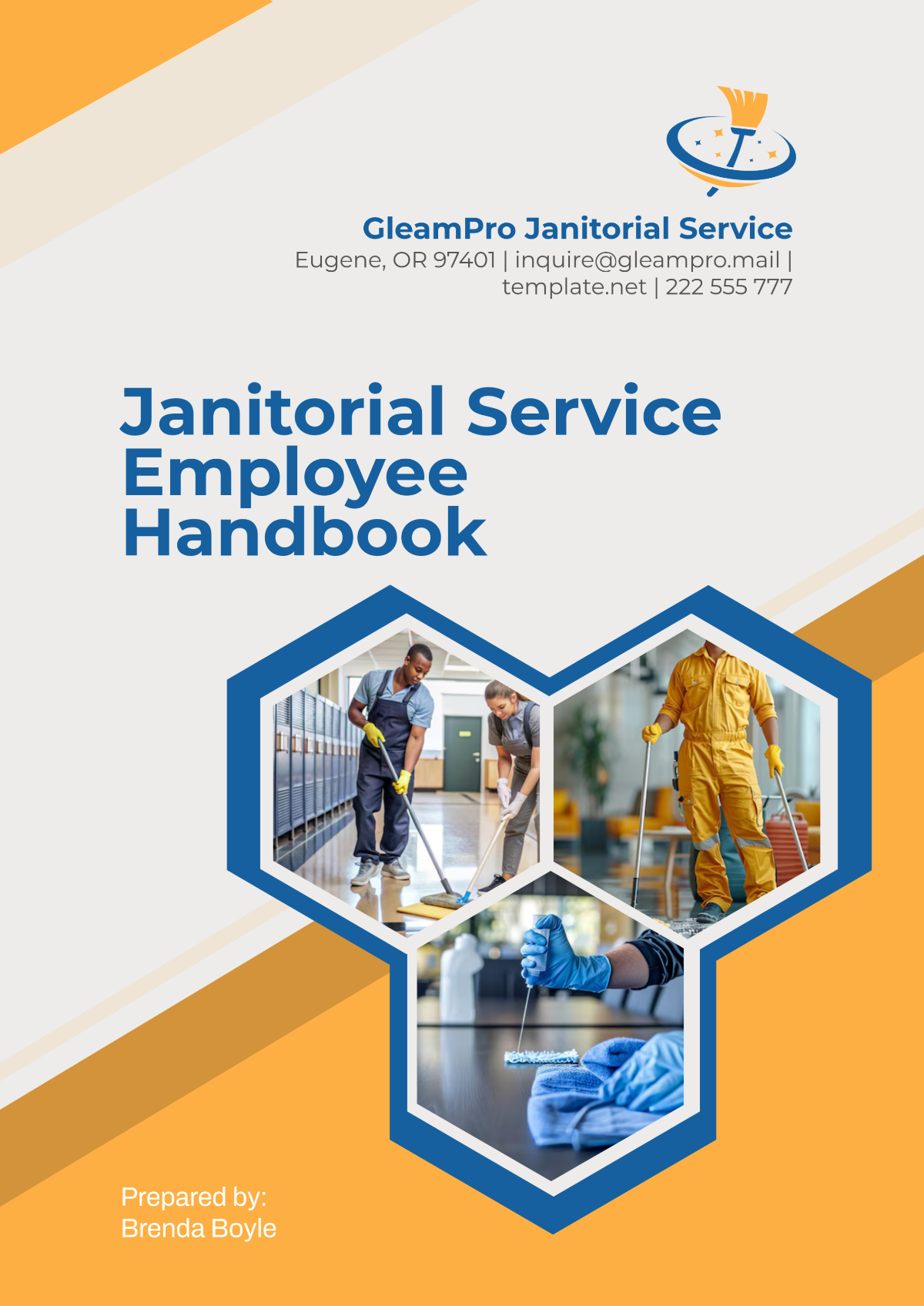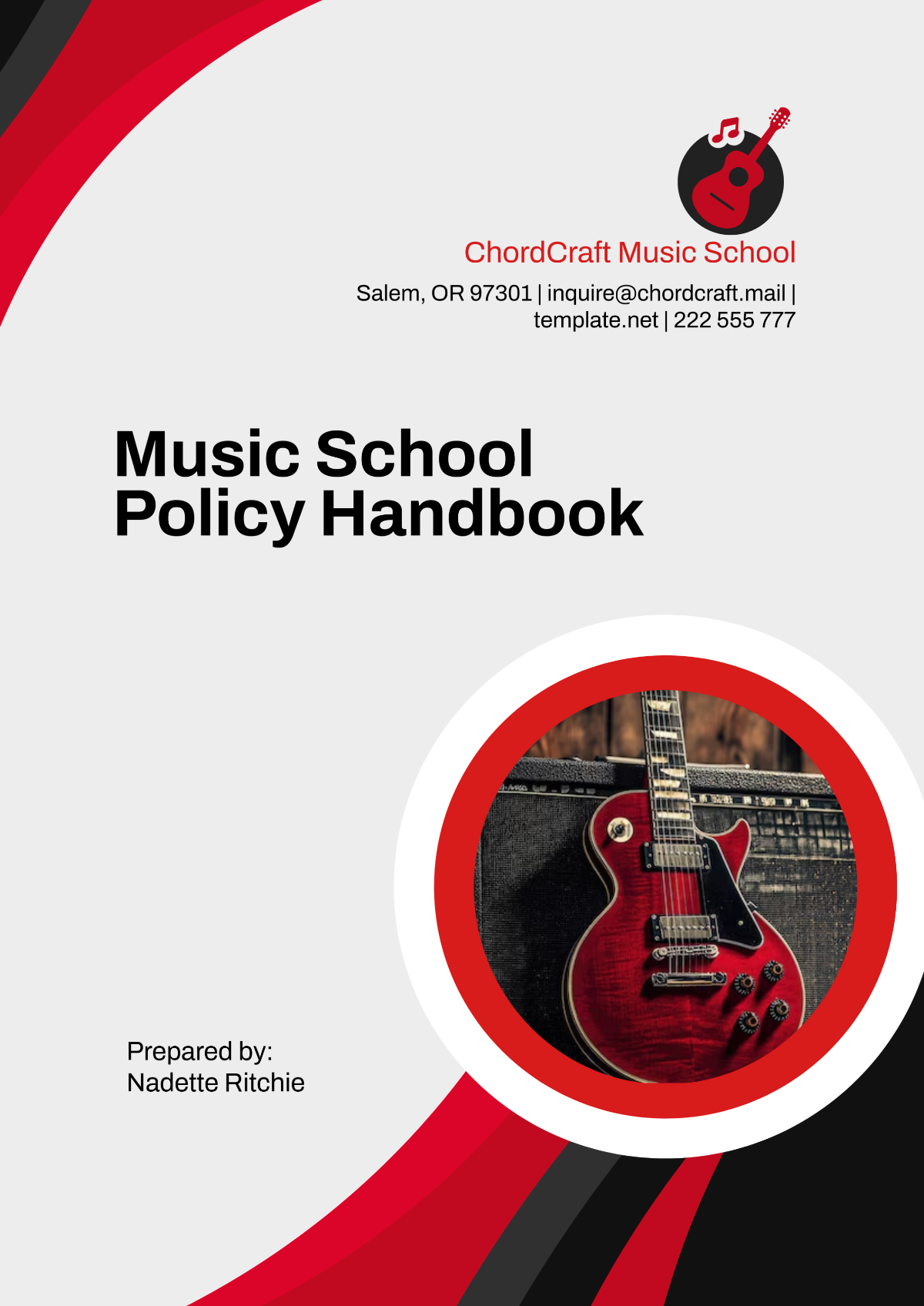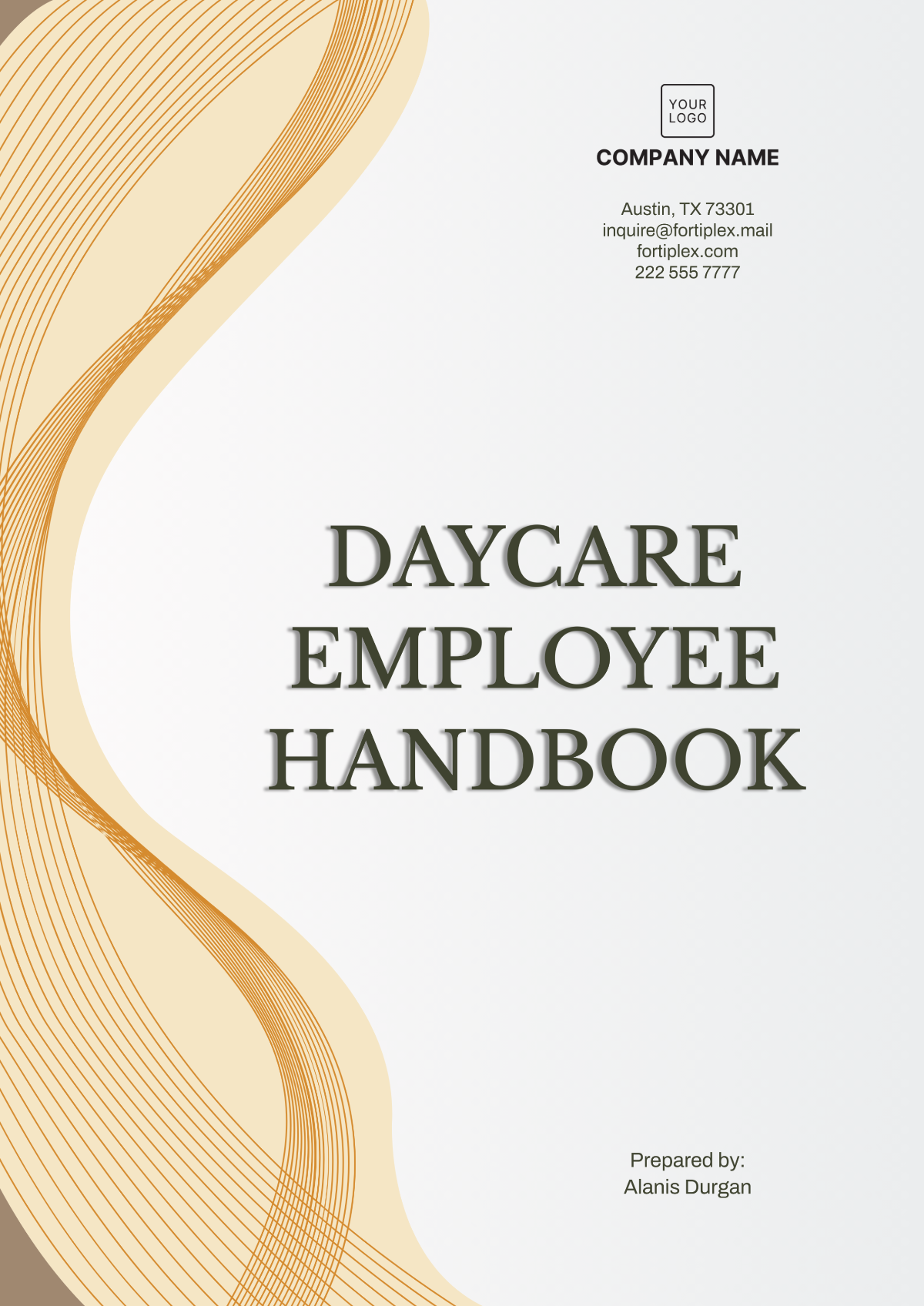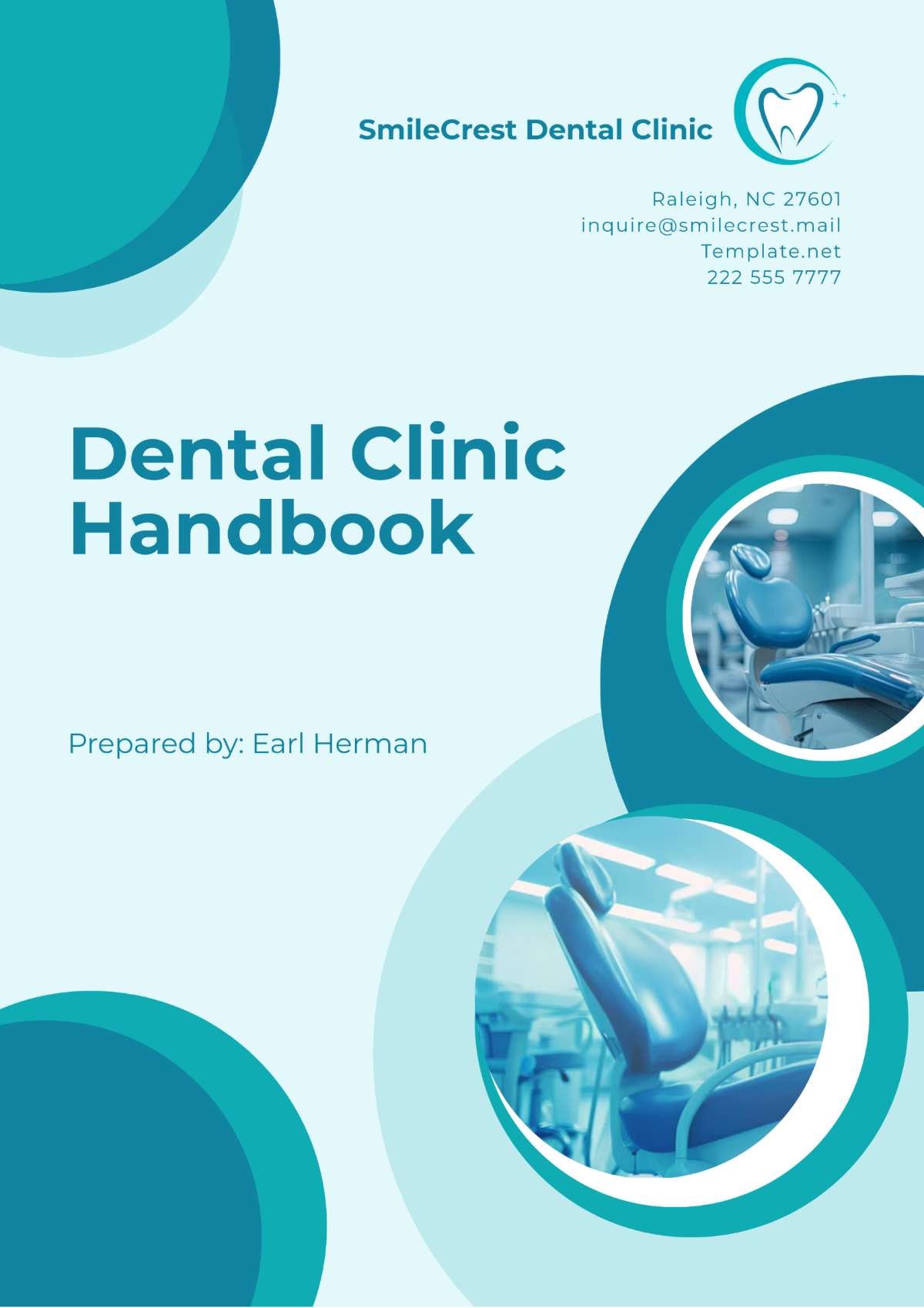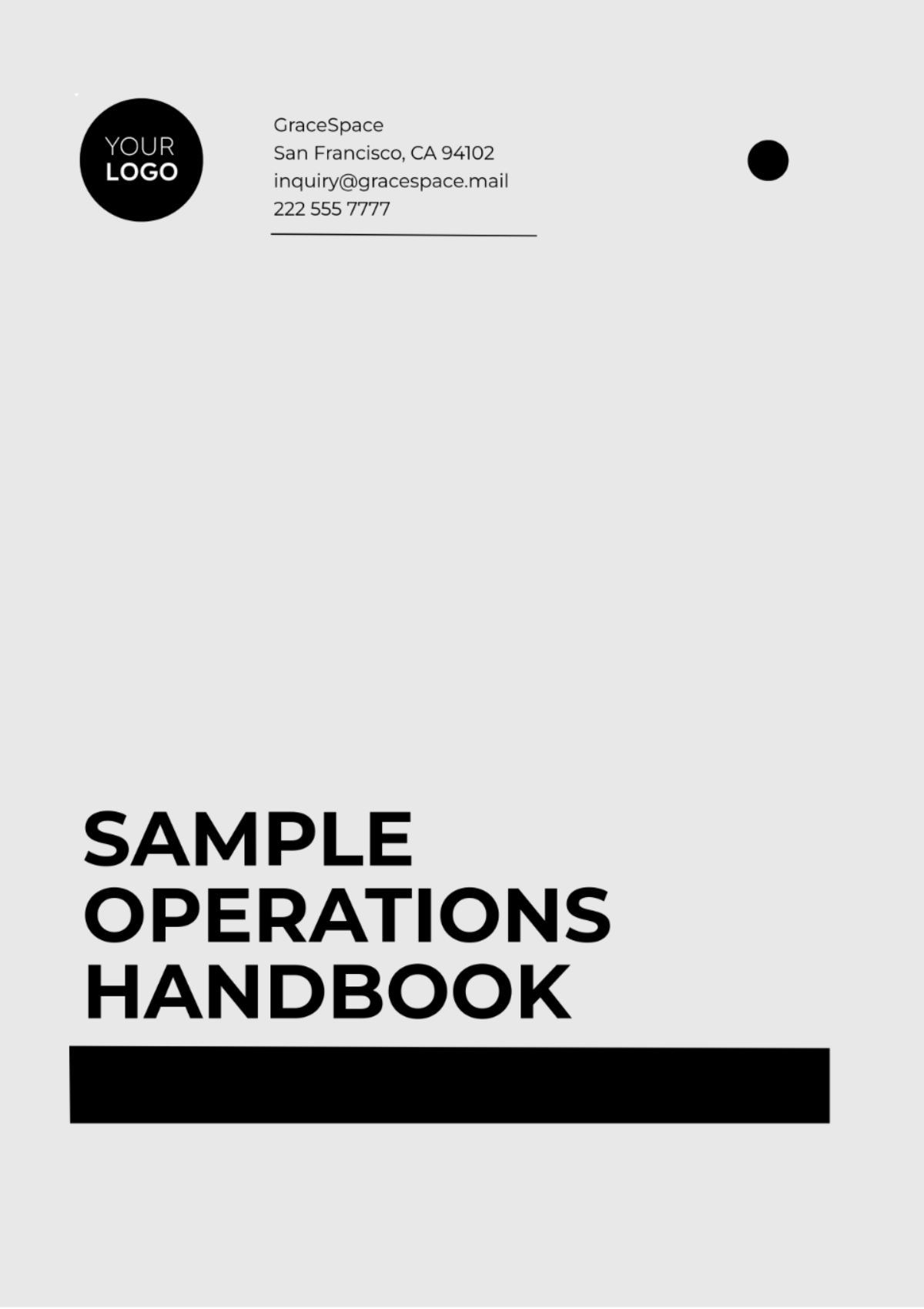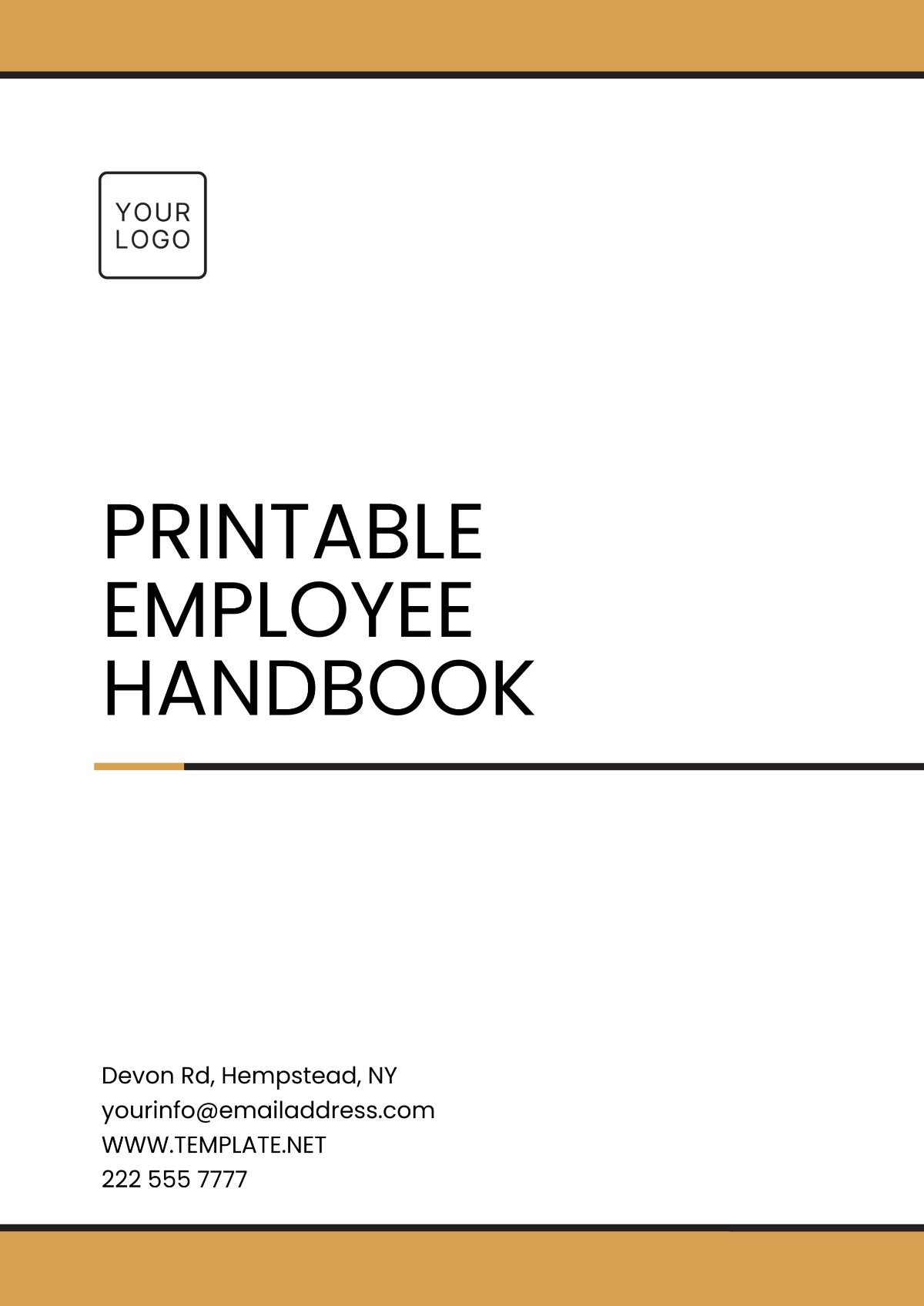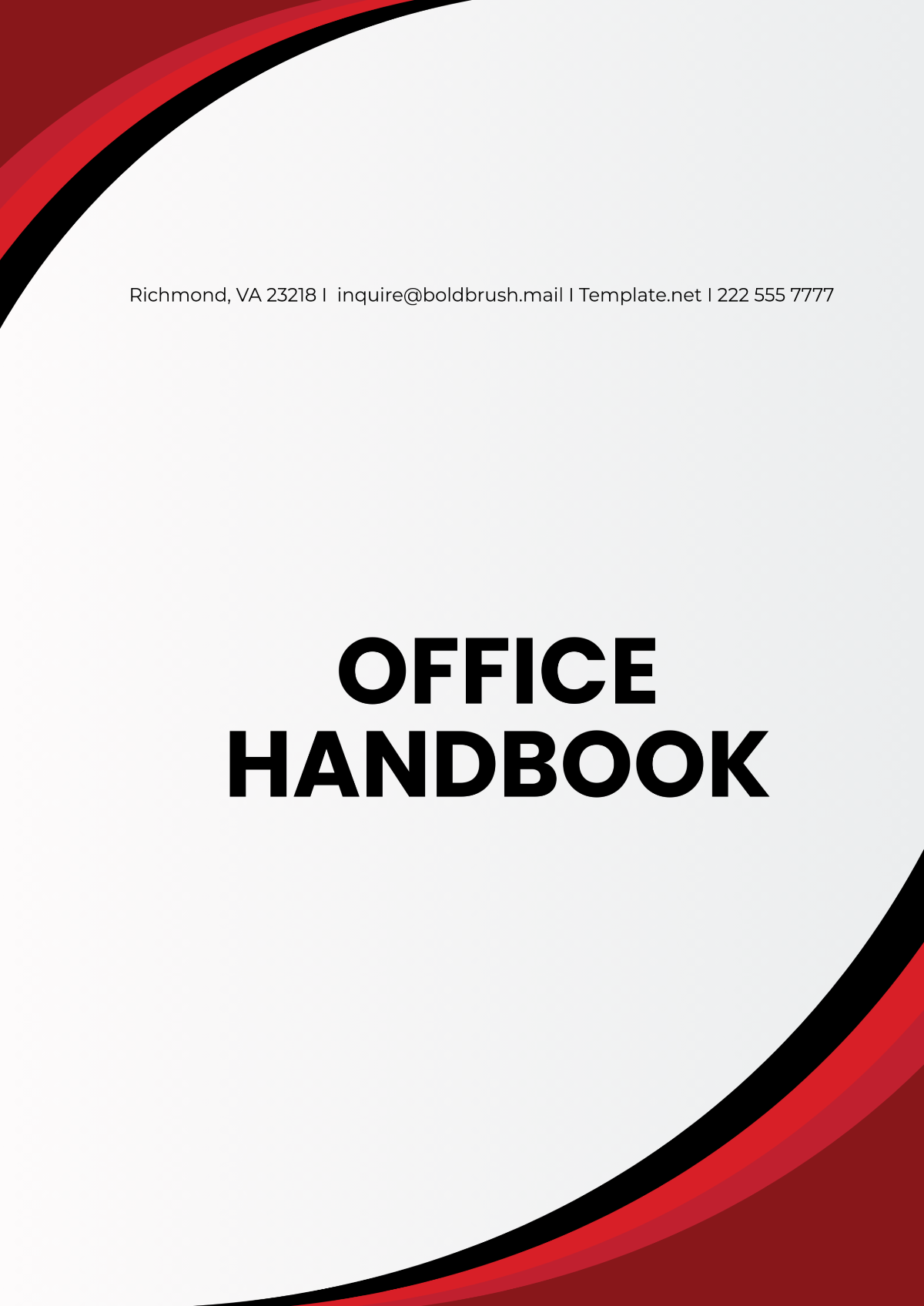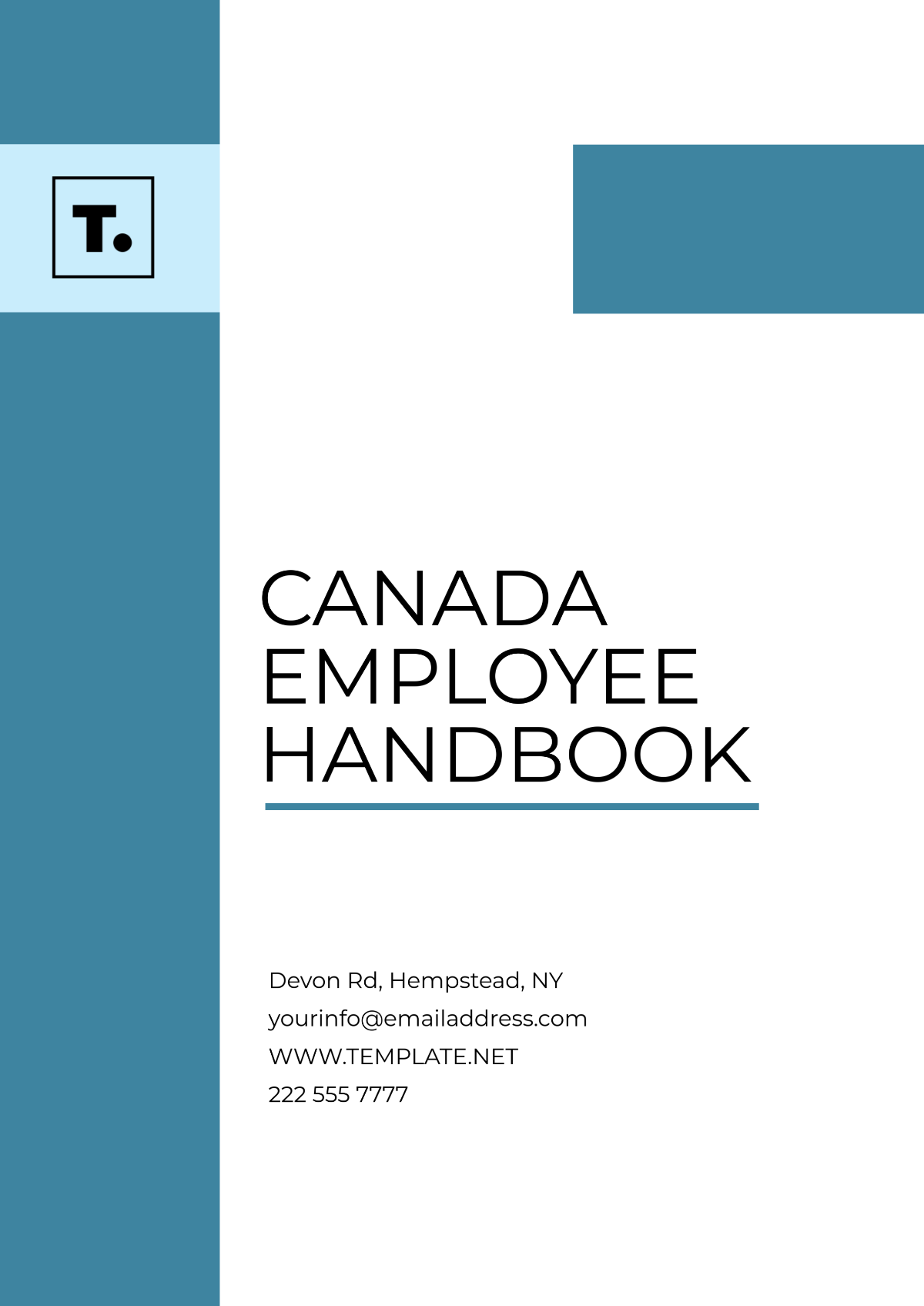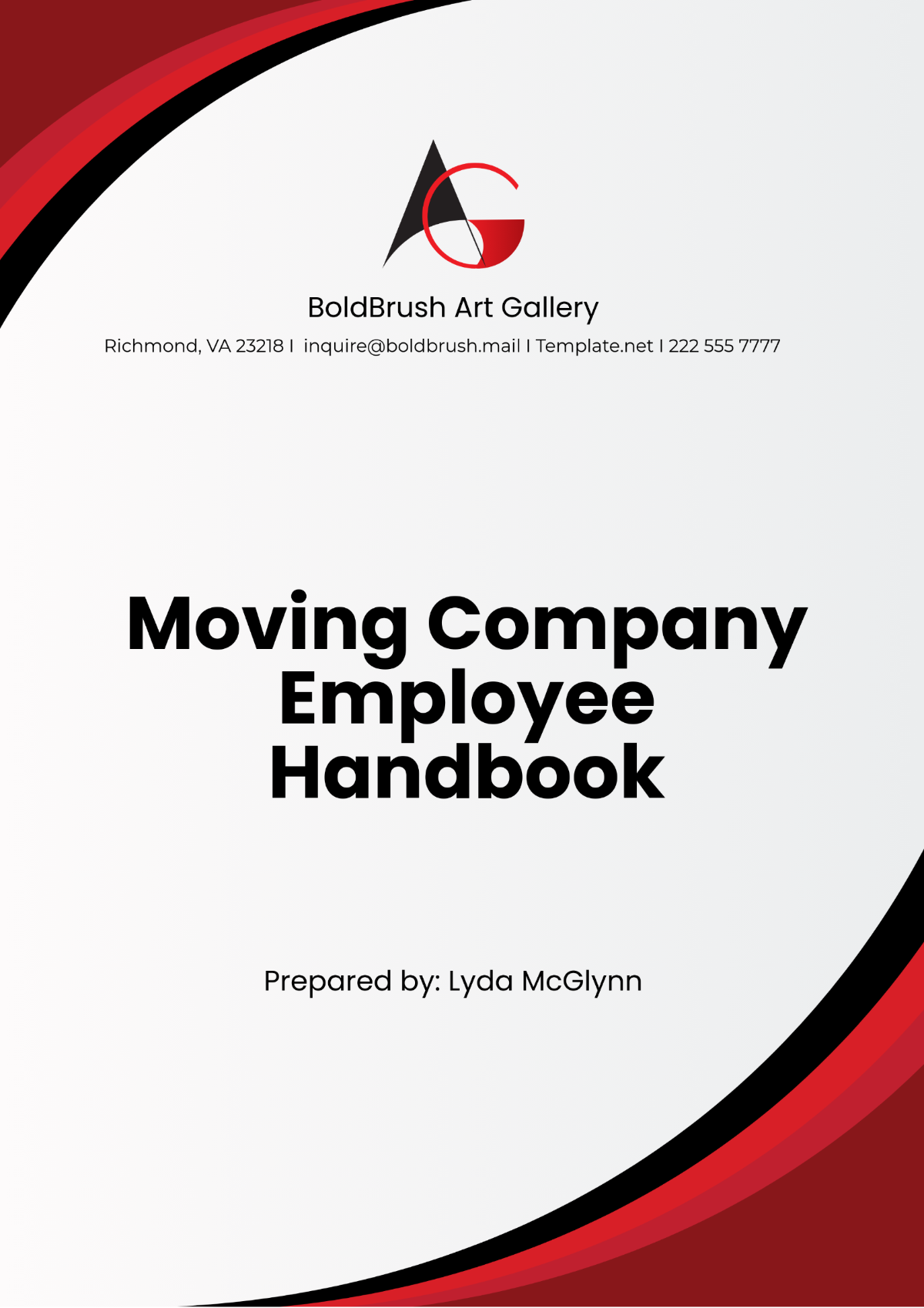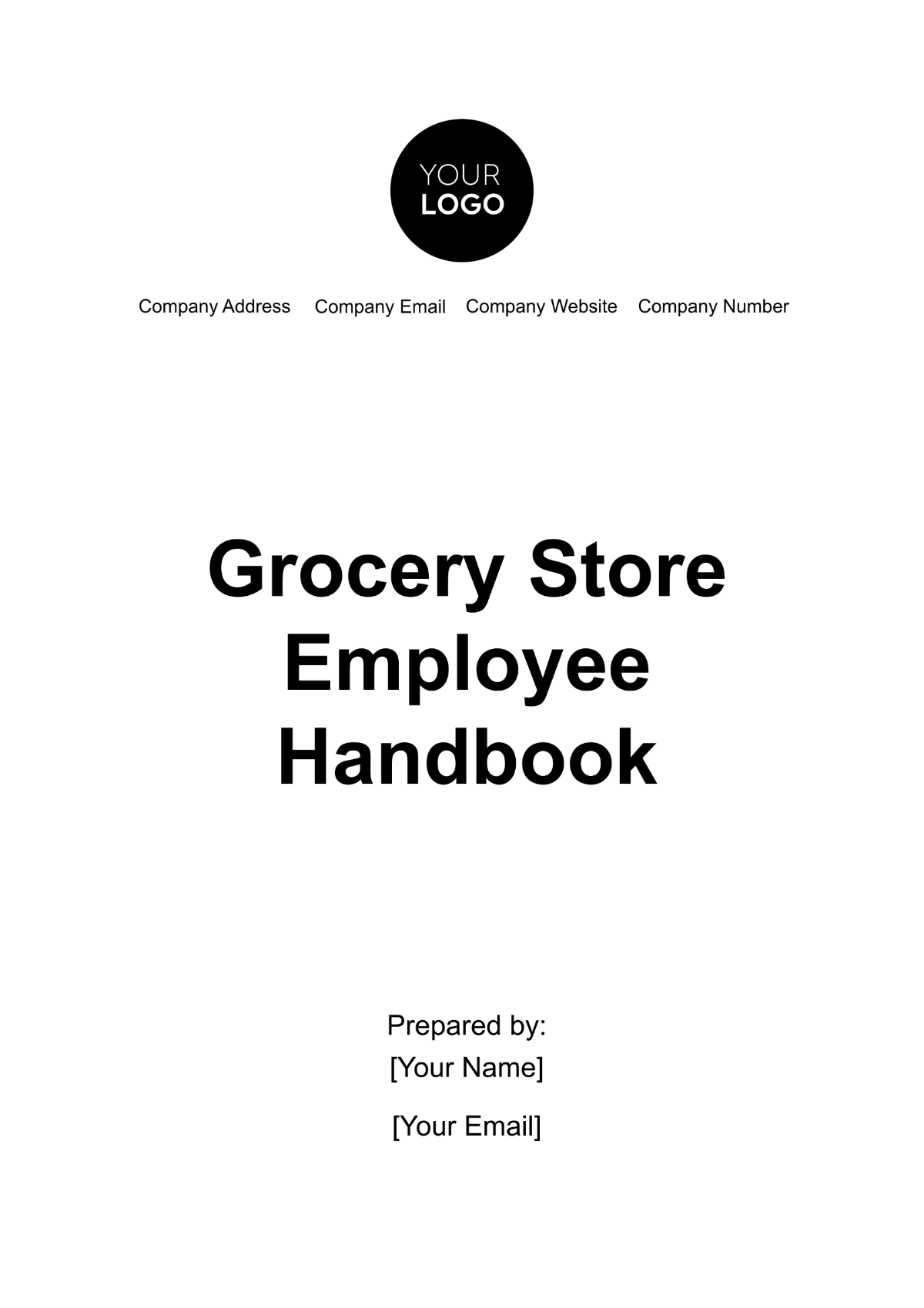Operations Handbook
This Operations Handbook of [YOUR COMPANY NAME] provides comprehensive guidelines and protocols to ensure smooth and efficient operations within the organization. It serves as a reference for standard operating procedures, best practices, and organizational expectations.
I. Organizational Structure
Understanding the organizational structure is crucial for efficient workflow and communication. Below is an overview of key roles and responsibilities.
A. Key Roles
CEO: Oversees all operations and strategic planning.
Operations Manager: Manages day-to-day operations and staff coordination.
Department Heads: Lead specific departments and ensure departmental goals are met.
Staff Members: Execute tasks and responsibilities as assigned.
II. Standard Operating Procedures
Standard Operating Procedures (SOPs) are essential for maintaining consistency and efficiency. The following table outlines key SOPs for various departments.
Department | Procedure | Description |
|---|---|---|
Human Resources | Onboarding | Steps for integrating new hires into the company. |
Finance | Invoice Processing | Procedure for handling and processing invoices. |
IT | System Backup | Regular procedure for backing up company data. |
III. Communication Protocols
Effective communication is vital for organizational success. The following protocols ensure clear and consistent communication across the organization:
Email: All official communications should be conducted via company email accounts.
Meetings: Regular team meetings to discuss progress, challenges, and plans.
Reports: Weekly and monthly reports to track progress and performance.
IV. Emergency Procedures
Preparedness for emergencies is crucial. The following guidelines outline the steps to take in various emergency scenarios:
A. Fire Emergency
Evacuate the building immediately using the nearest exit.
Do not use elevators.
Assemble at the designated meeting point.
B. Medical Emergency
Call emergency services immediately.
Provide first aid if trained and if it's safe to do so.
Notify the HR department.
V. Appendix
This section includes additional resources and references:
Appendix A: Company Policies
Appendix B: HR Resources
Appendix C: IT Guidelines
